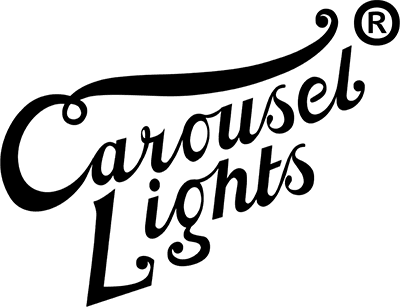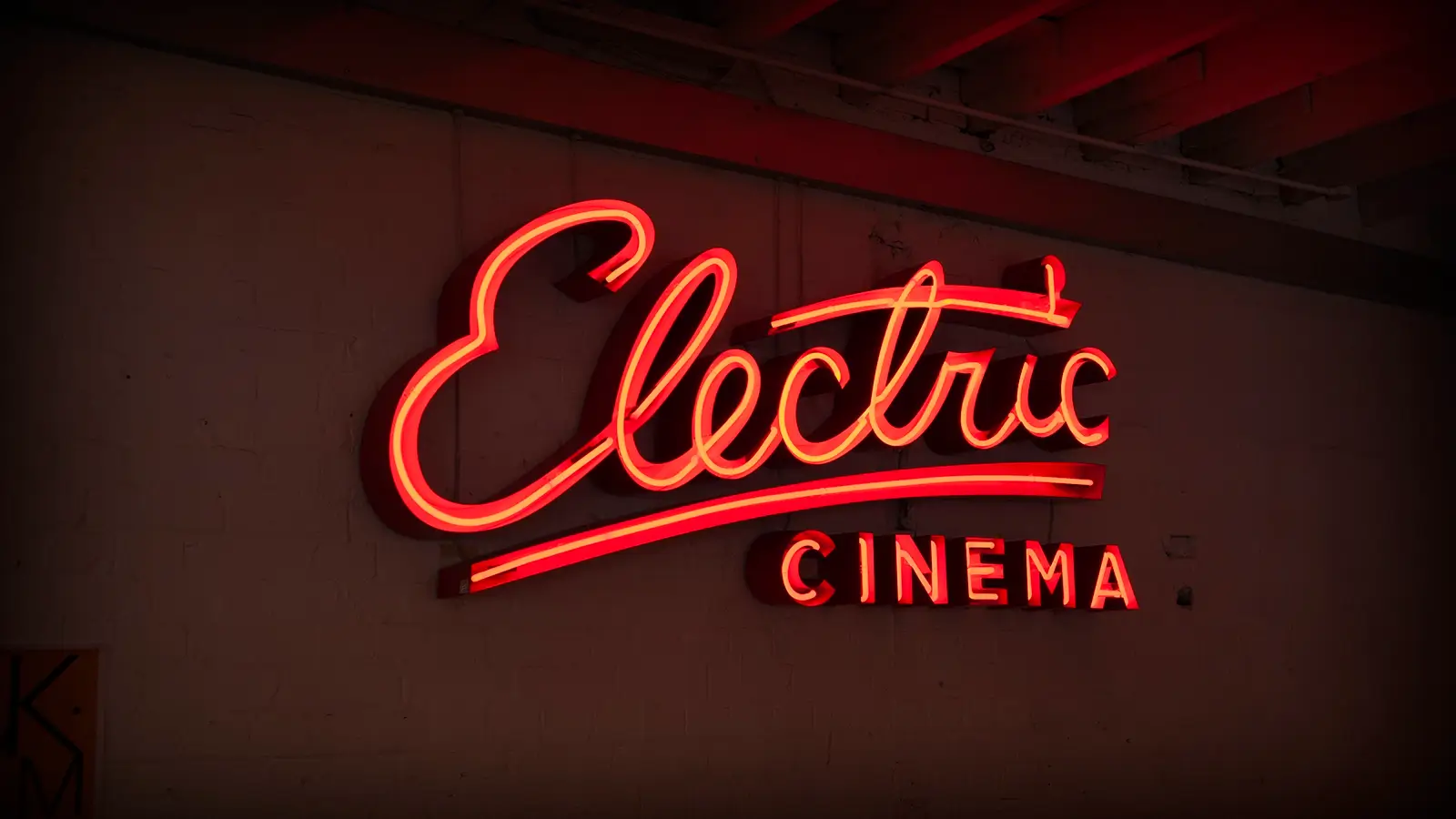
Whilst the word ‘neon’ has recently become a broad term used to describe many different types of signage, traditional real glass neon signs are a unique product and take many years of learning the craft. Real neon signs are produced from hand-bent glass tubes which are then filled with either neon or argon gas, both of which are 100% safe inert gases.
We design and produce real glass neon signs for many of the World’s most famous brands and artists, as well as producing them for stylish residences. We hope we can help you too.
Your real neon sign. Hand-made from glass. Absolutely unique.
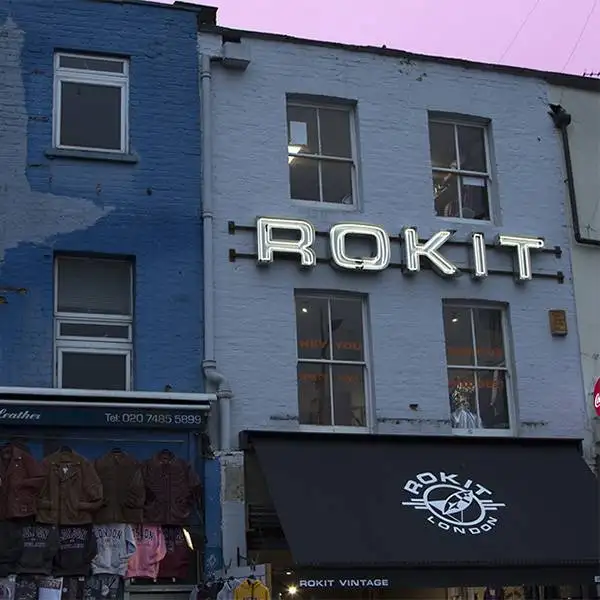
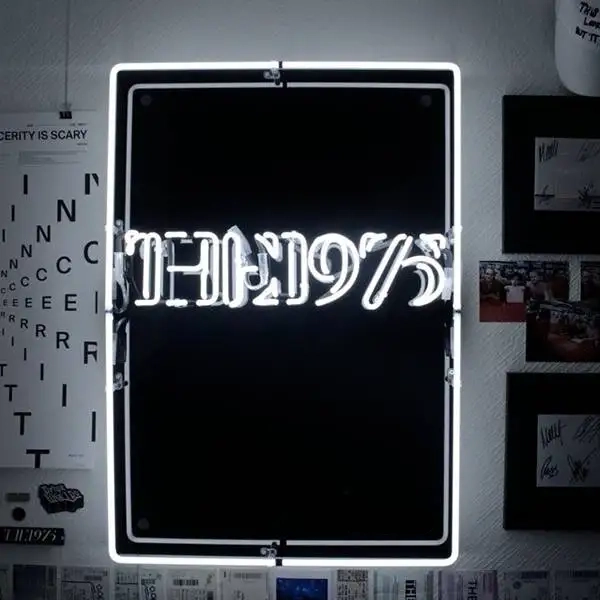
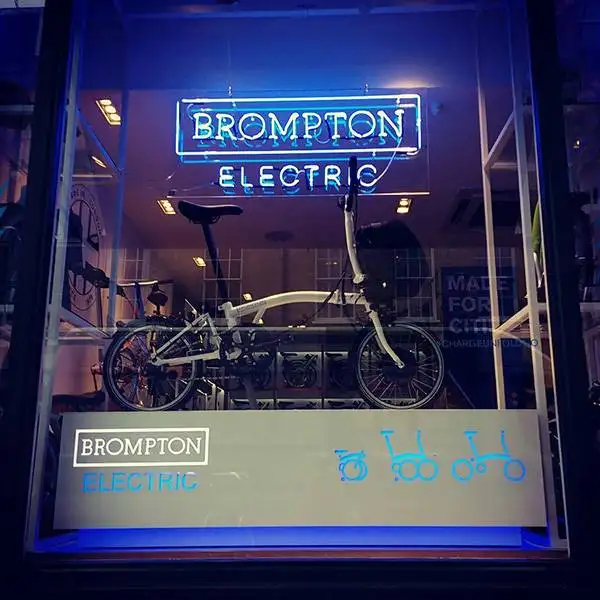
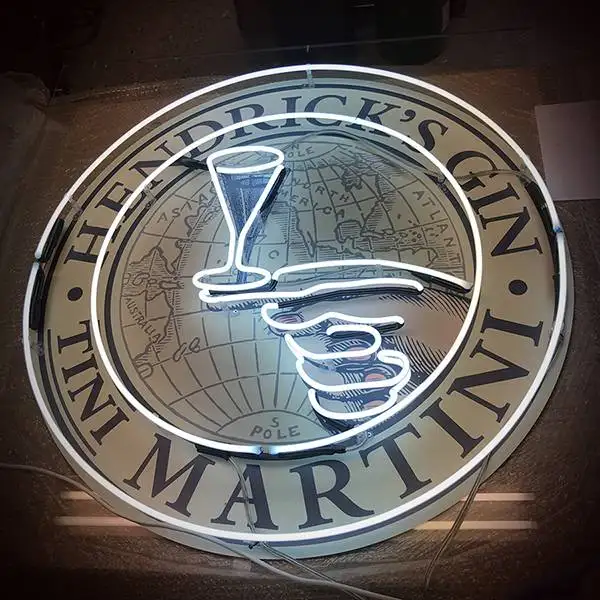
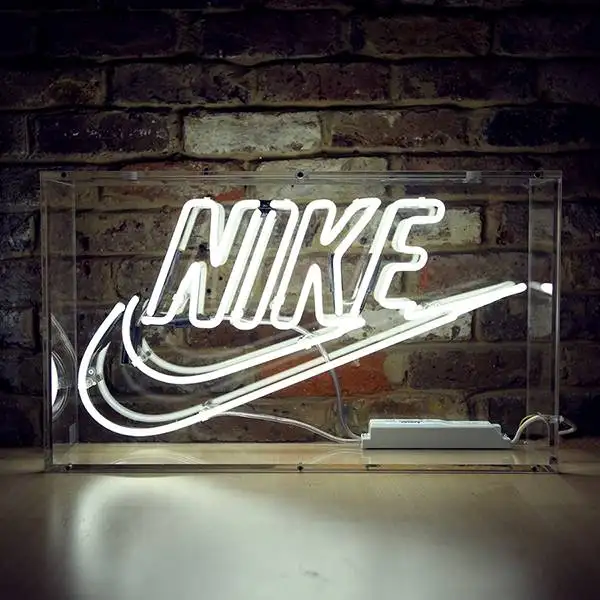

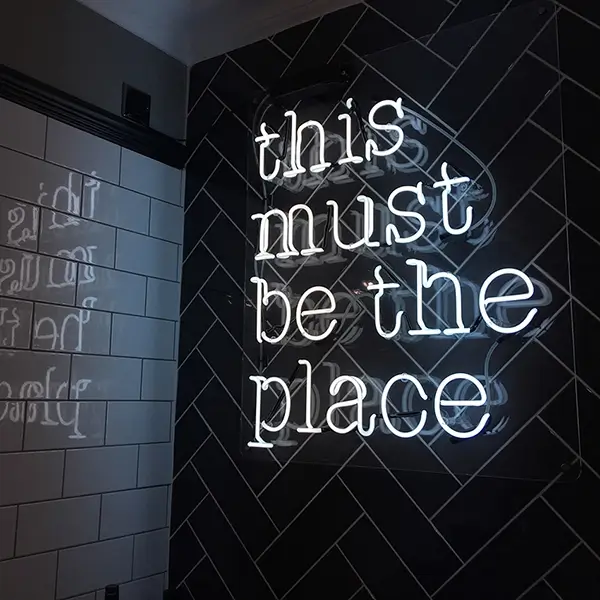
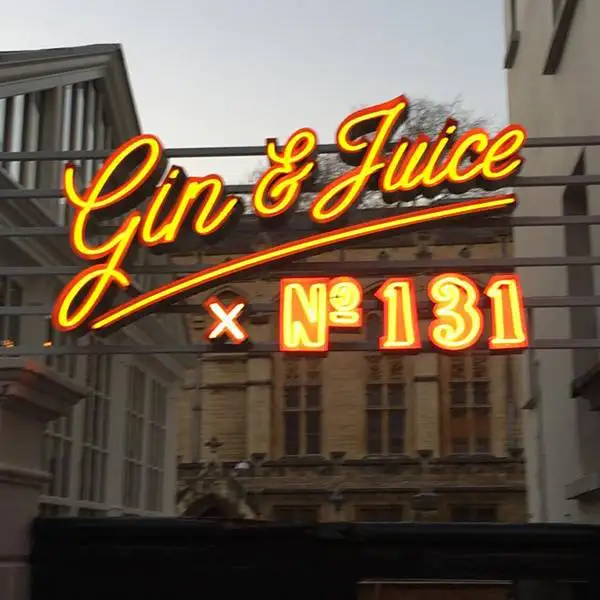
I’d like a real neon sign. How do I commission one?
Welcome to our world of real glass neon signage. We’re the UK’s most renowned neon signmaker and have years of expertise in designing and producing traditional glass neon signs. The first thing you need to do is contact us (by contact form, email or phone) and share your thoughts. What sort of design would you like for your real neon sign? Perhaps a memorable shape or phrase? What sort of colours you like? What room it will go in? That type of thing. Don’t worry, we’ll guide you and ask all the question we need to know.
How exactly are real glass neon signs made?
In short, with a lot of skill. The longer answer is that straight sections of glass are bent into the shape of your design. Electrodes are then fitted to the end of each section of glass and, under vacuum, neon or argon is then pumped into each tube of glass, depending on which colour we’re looking to create. The sections of neon glass are then mounted onto a wall or substrate, a transformer is connected to it and hey presto, the neon tubes come to light. We created this super-cool video to show you how exactly we created a POW! neon sign from start to finish.
How are real glass neon signs different from LED ‘neon’?
The fact that they both have the word ‘neon’ in them is where the similarity ends. When you search for ‘neon signs’ online then LED flex is what normally comes up first in the search results, which can be quite misleading. We of course offer a full range of signage products, including real glass neon and different LED faux ‘neon’ options which replicate real neon as closely as possible. There’s a lot of information about all of these options on our neon signs page.
Final decisions before production of you own neon
There are some really exciting decisions to make when we’re making your sign, one of which is the neon colour you’d like. If you’re already so excited that you can’t wait to start thinking about all of the finer details then our masterguide to neon will help you get into all of the detail with things such as electrodes, tube supports and substrates. It’s pretty exciting stuff.
Are real glass neon signs rare?
There aren’t many people who make real neon signs, and there’s good reason for it – the art of glass-bending takes many many tears to master. The craft of making neon signs is in facts officially classified as ‘endangered’ by the Association of Heritage Crafts. You can see us listed on the Heritage Craft Association website, so safe to say, your traditional neon sign project is in safe hands with Carousel Lights.
Neon installation
A lot of real neon signs doesn’t need specialist installation as they’re ready to hang up and plug straight in. On the occasions where your traditional neon sign is being mounted directly to one of your surfaces then we can still help. We’ll already have discussed this at the start of the project, so this is the stage when everything is brought to your location and your neon light is installed. Exciting stuff!
Why choose Carousel Lights for your traditional glass real neon sign?
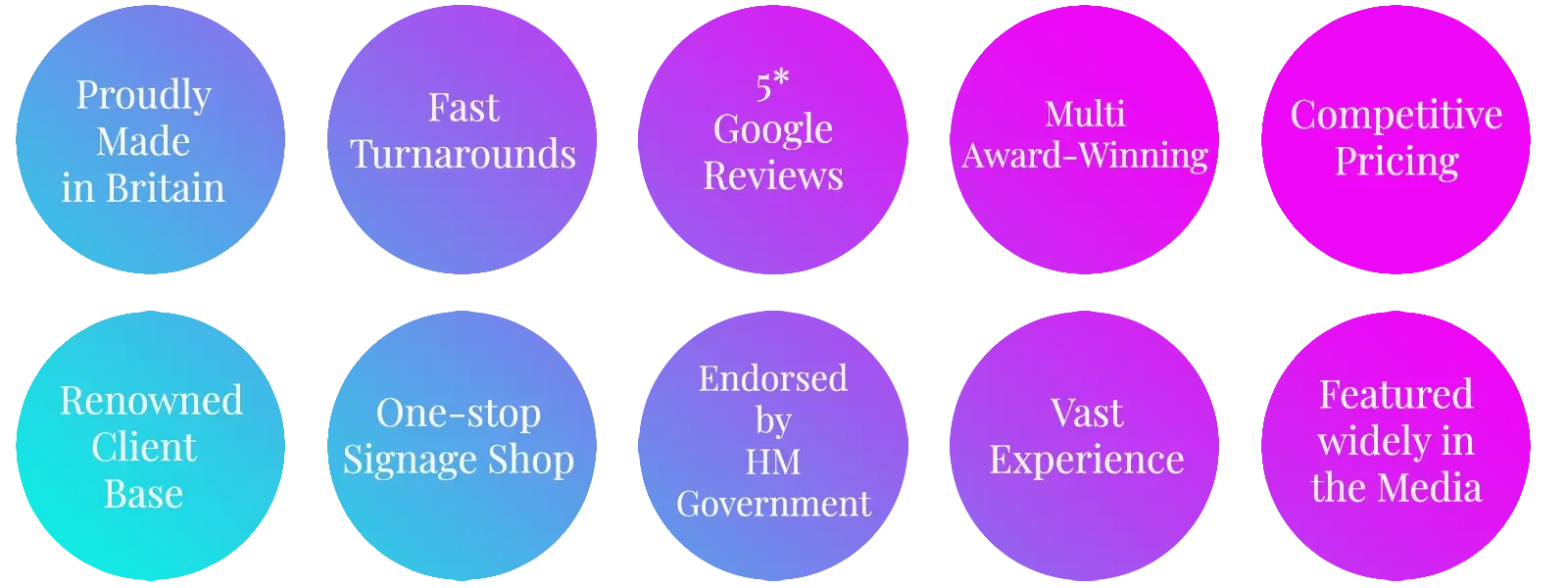
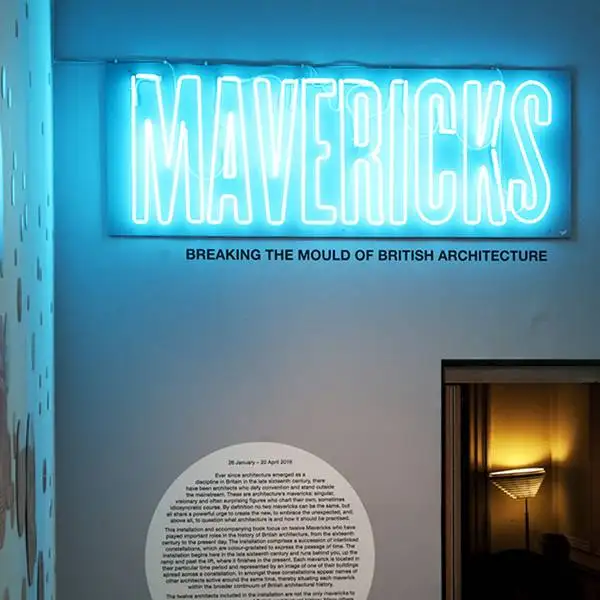
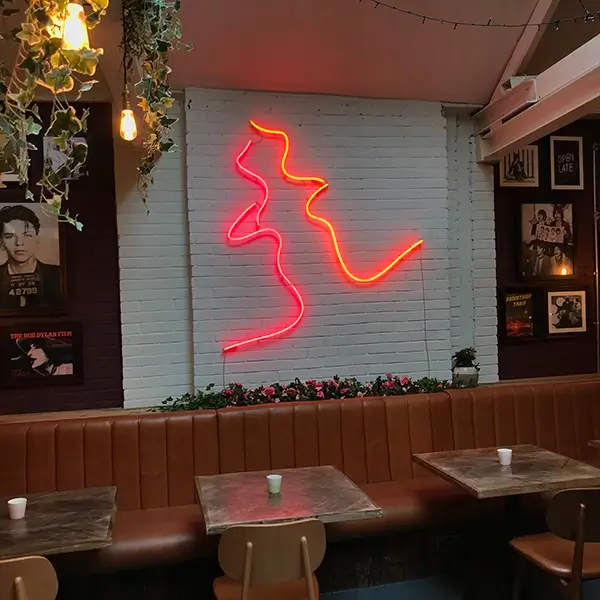
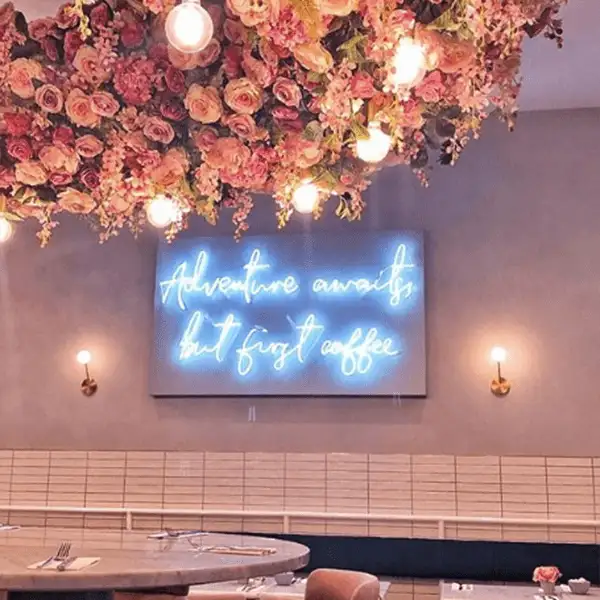
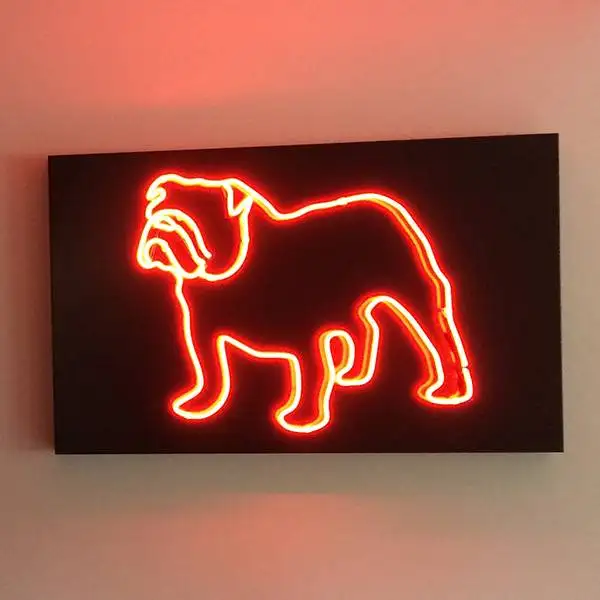
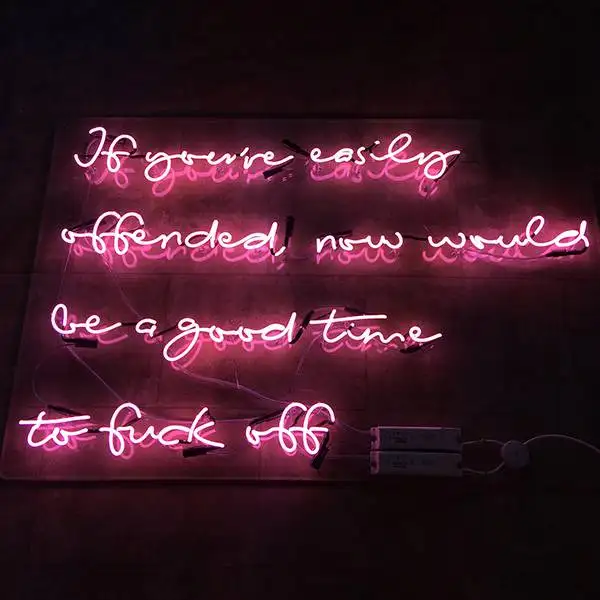
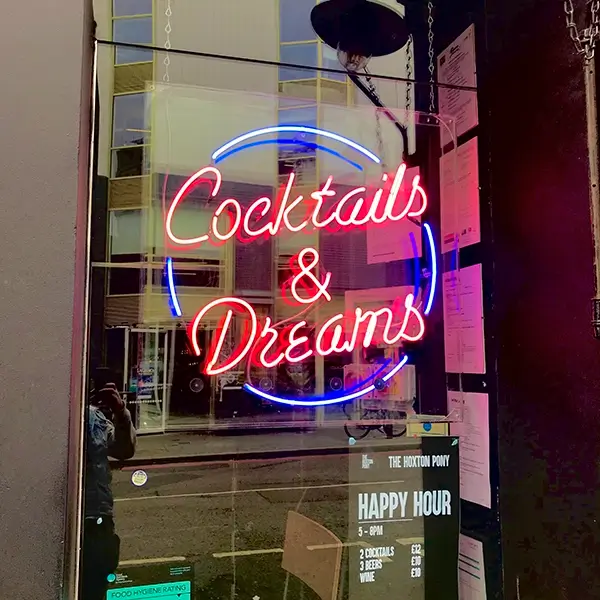
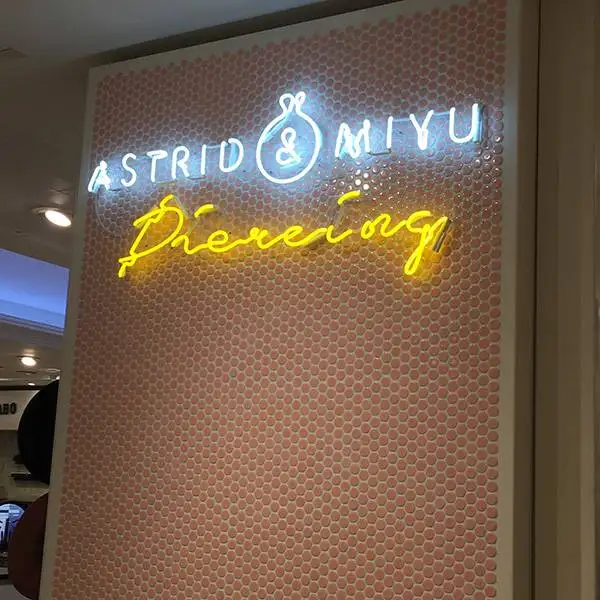
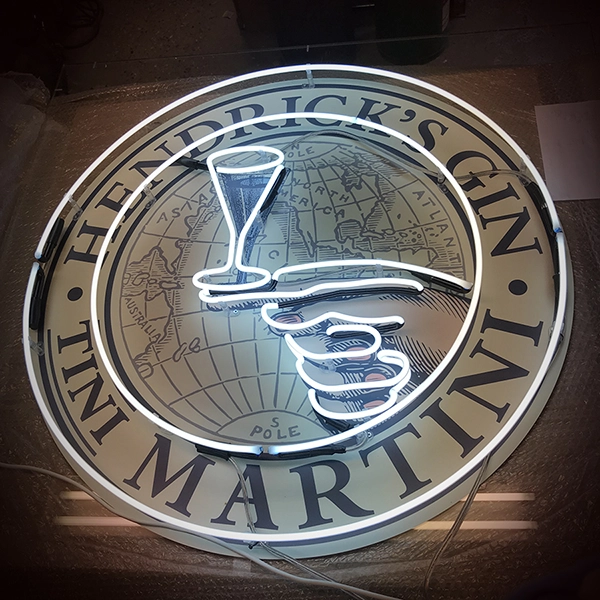
Where can real neon signs be used?
We produce neon lights for a wide range of sectors, varying from hotels, restaurants and nightclubs to art galleries, music festivals and for famous artists and celebrities. You’ve probably seen some of our neons in TV shows too.One of the most popular uses for our neon signs is for famous brands to replicate their logo as a neon light for promotional photoshoots.
What colours can I get?
Neon lights are available in a broad range of colours and the colour of neon in a photo may not necessarily accurately represent the colour of the neon light in ‘real life’. Contact us for more information about the colours available.
How long does a neon light last?
Real neon signs can last for decades but as with any other type of light, it depends how much it’s used.
Are neon lights dimmable?
Yes, but the brightness is set directly with the transformer when the neon is first installed so once set it then remains at that level of brightness. We have preferred suppliers with years of experience who will set it to your perfect level when they install it.
How does a neon light work?
A neon light is a general term as neon lights actually use either neon or argon gas. A glass tube is filled with either of these gases and electrical connections are fitted at either end. A high voltage is then applied which ionizes the gas, causing it to emit coloured light due to fluorescence. Different colours are created through different methods: (i) neon appears red-orange and argon appears pale blue and (ii) clear glass tubes are coated on the inside with a fluorescent powder that emits different colours.
Is neon fragile?
Traditional neon signs are made using glass tubing so yes, they’re relatively fragile. If they’re likely to hang in a vulnerable place, they can be mounted in perspex to protect them from breakage.
Can neon be repaired?
Yes. Damaged glass can either be repaired or sections replaced. Each break is different so give us a call and we’ll help you out.
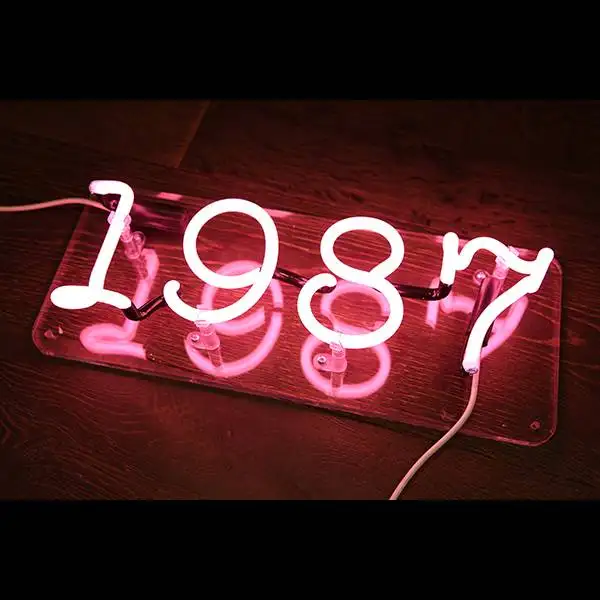
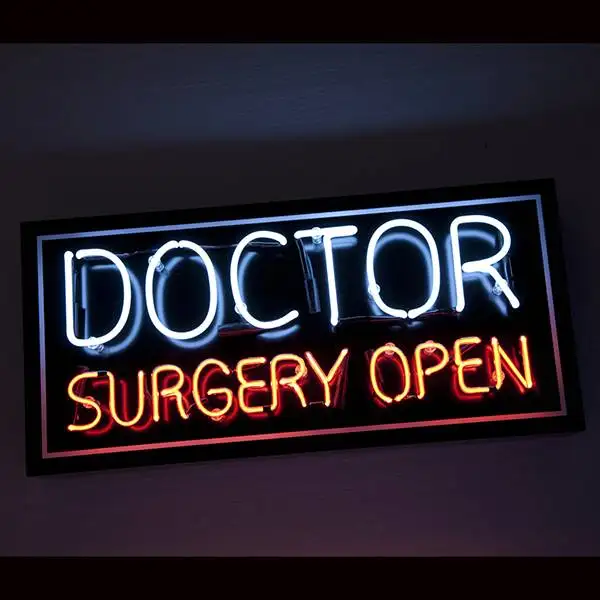
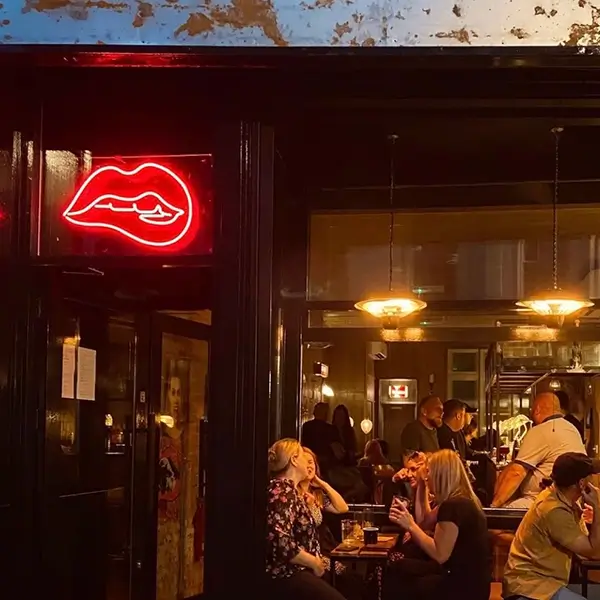
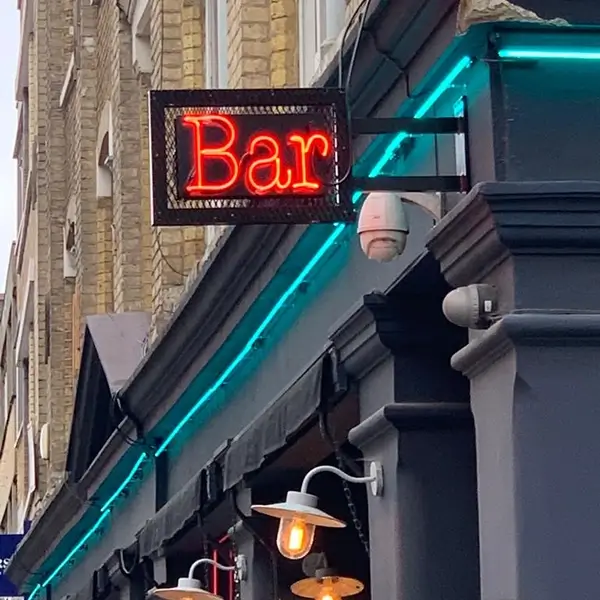
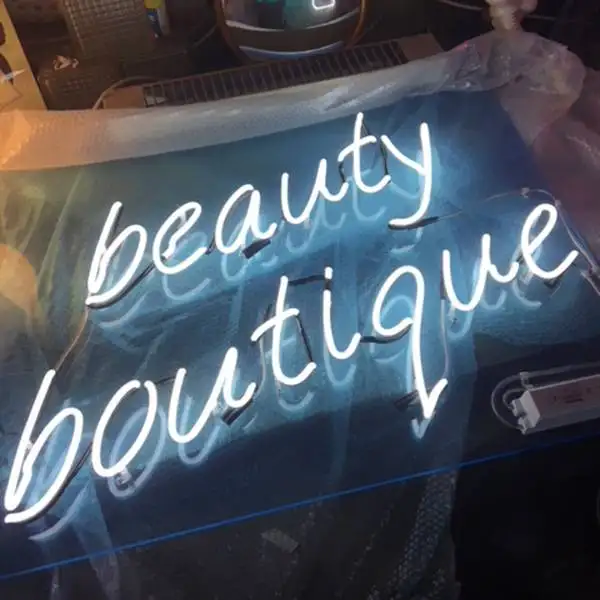
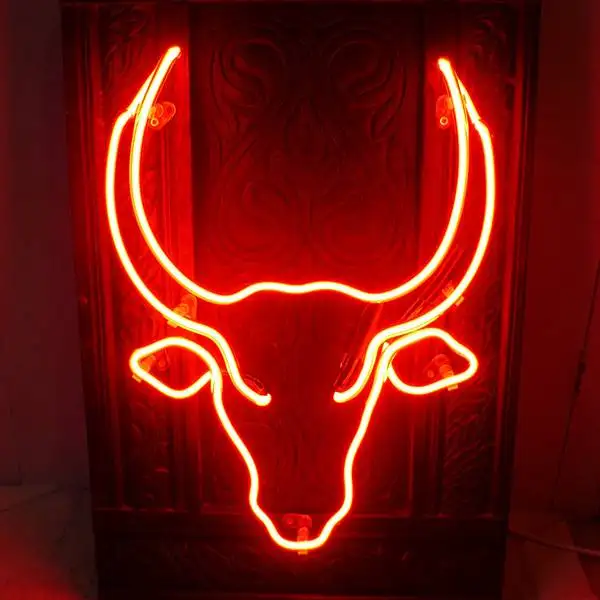
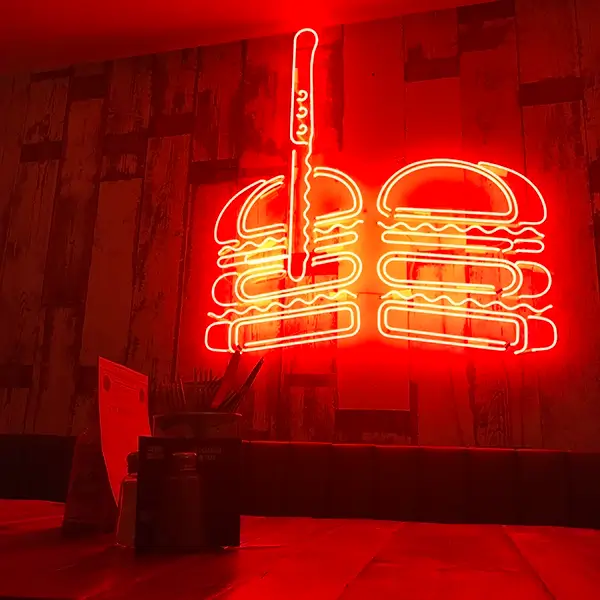
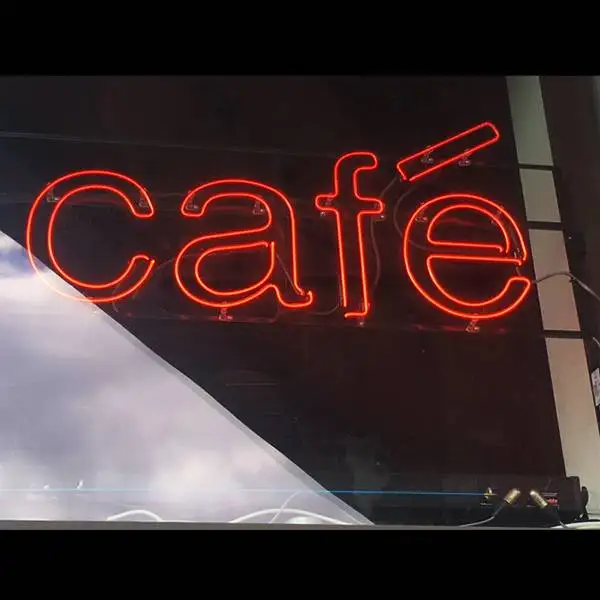
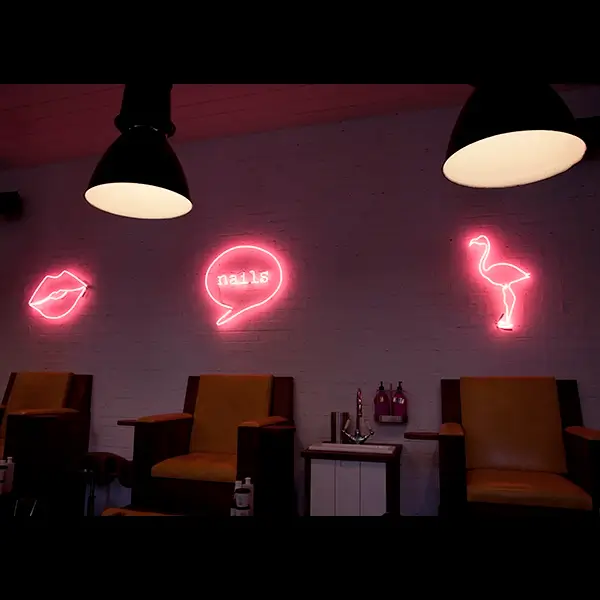
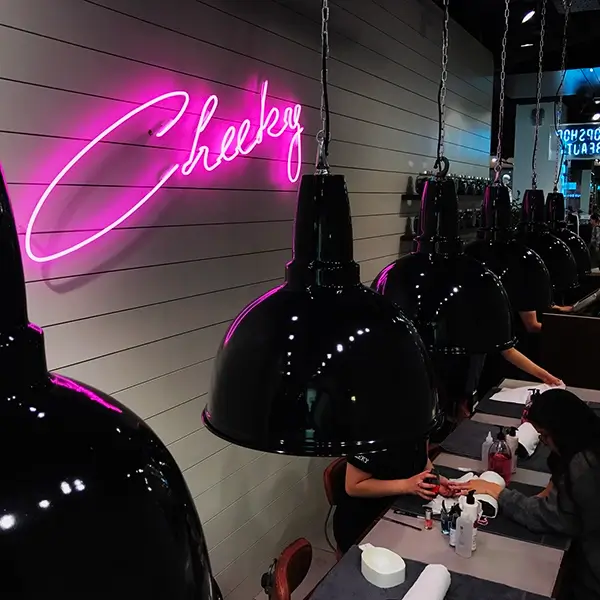
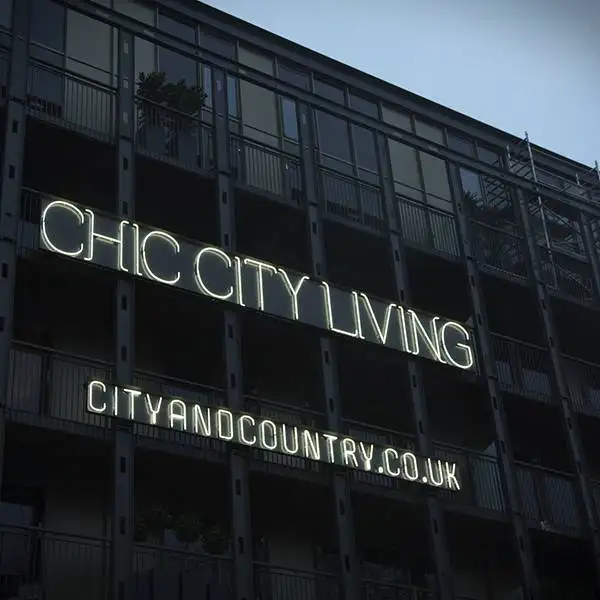
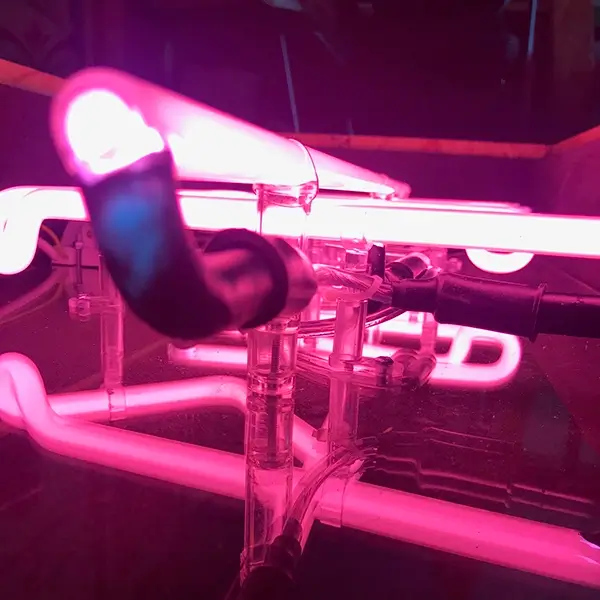
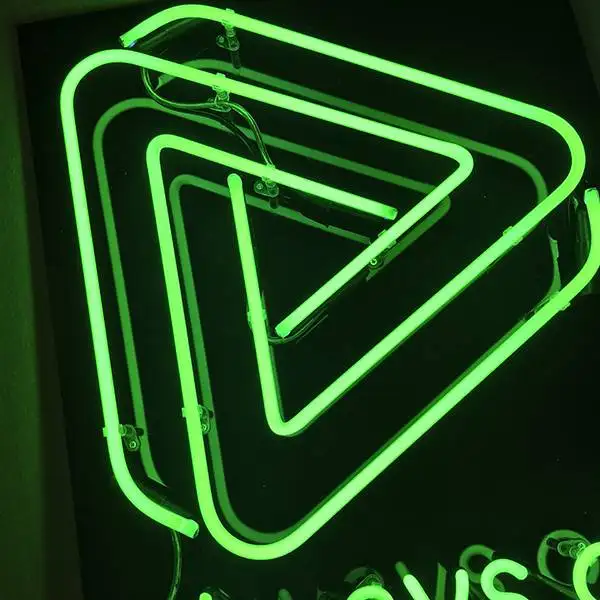
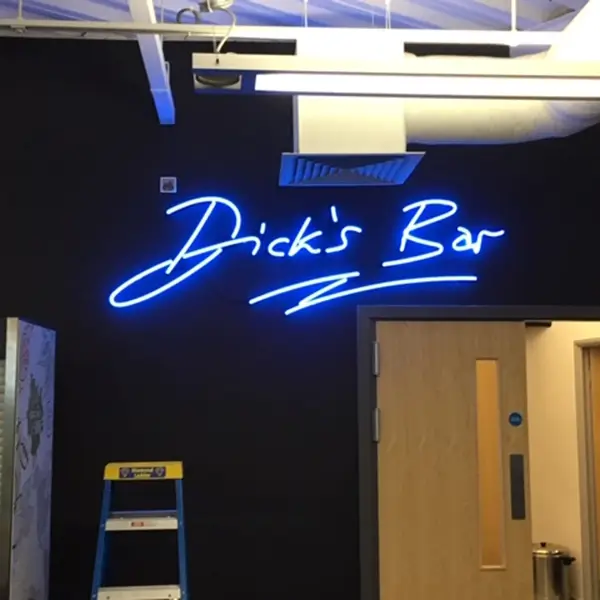
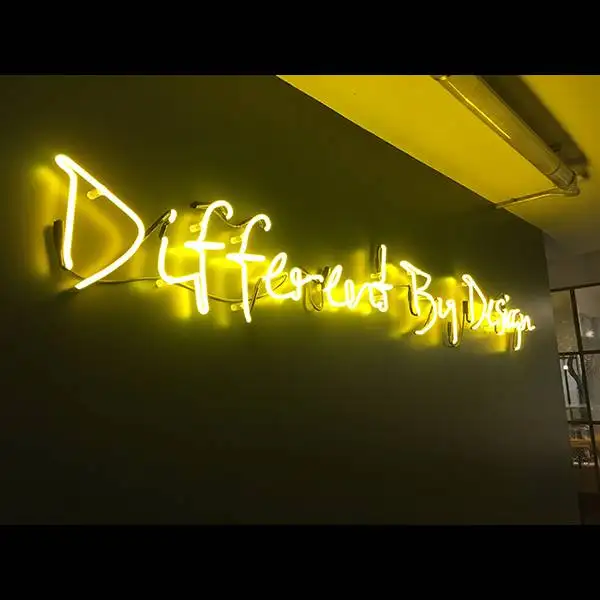
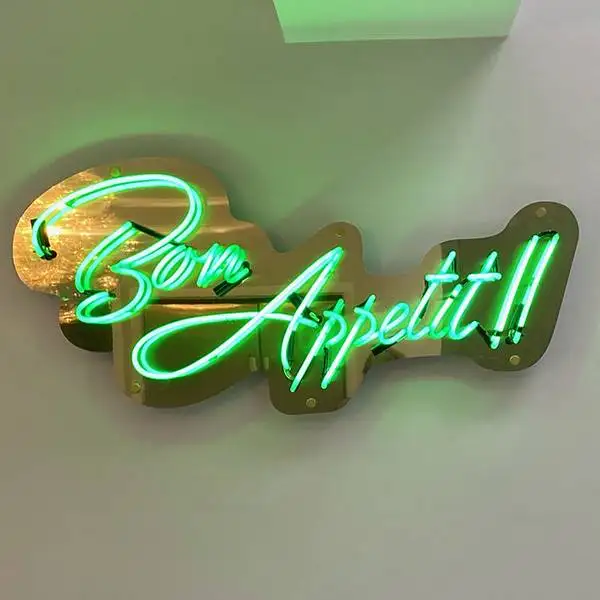
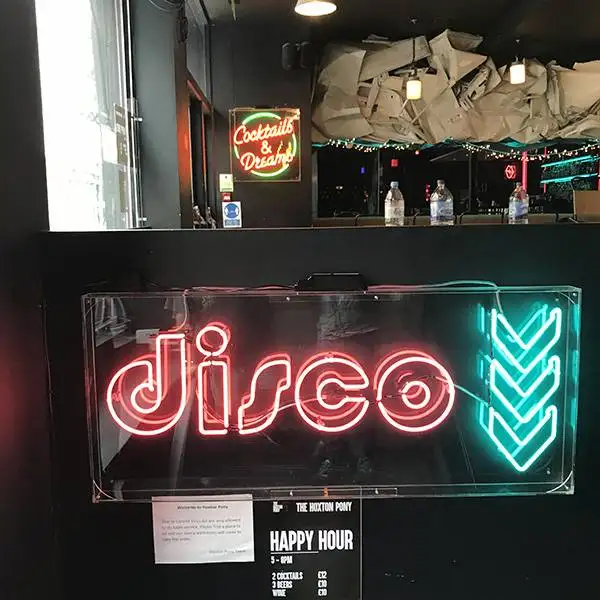
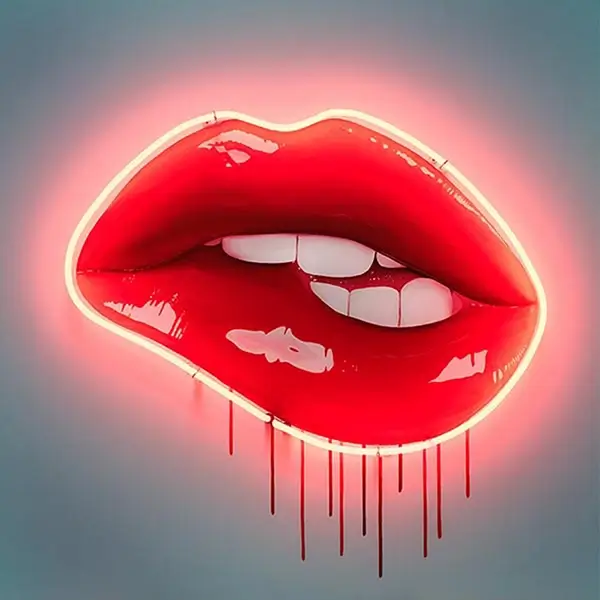
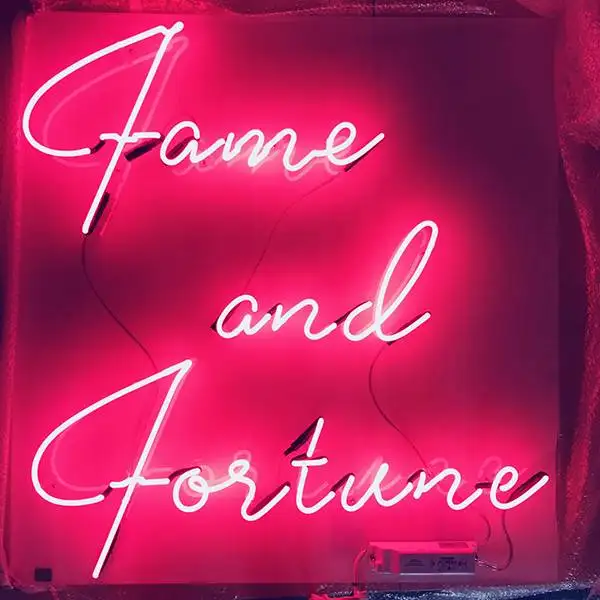
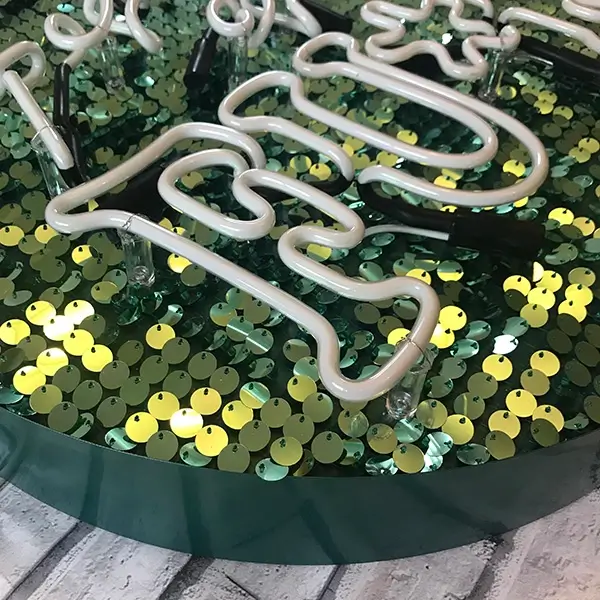
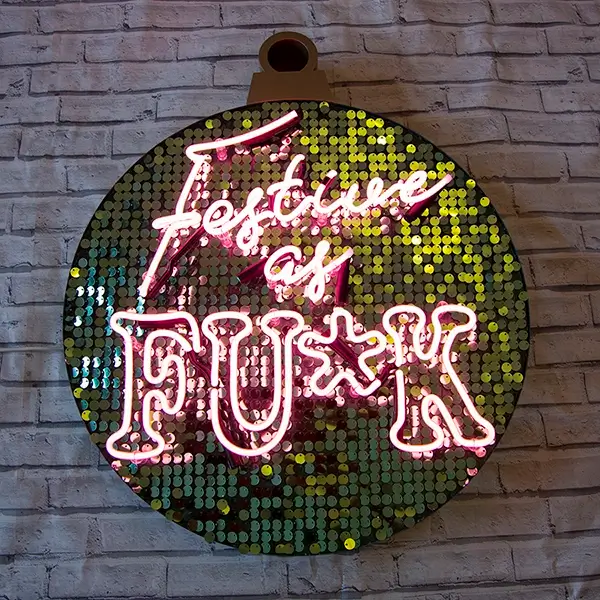
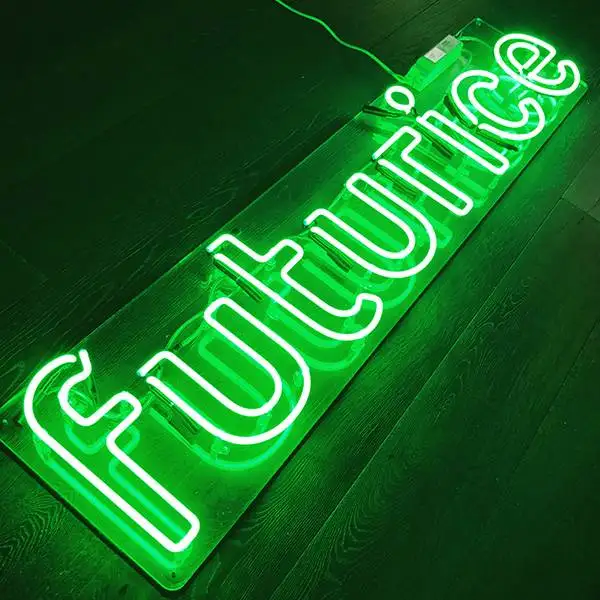
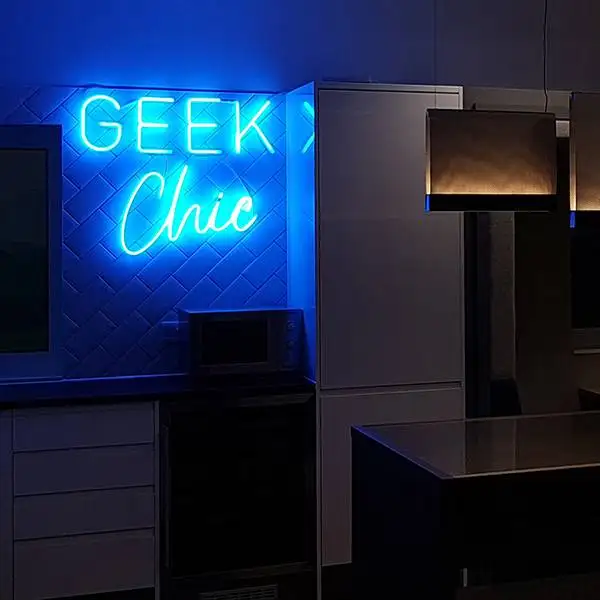
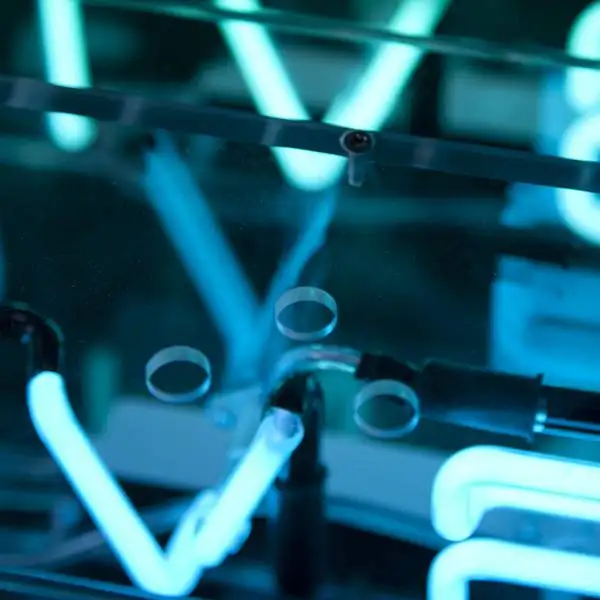
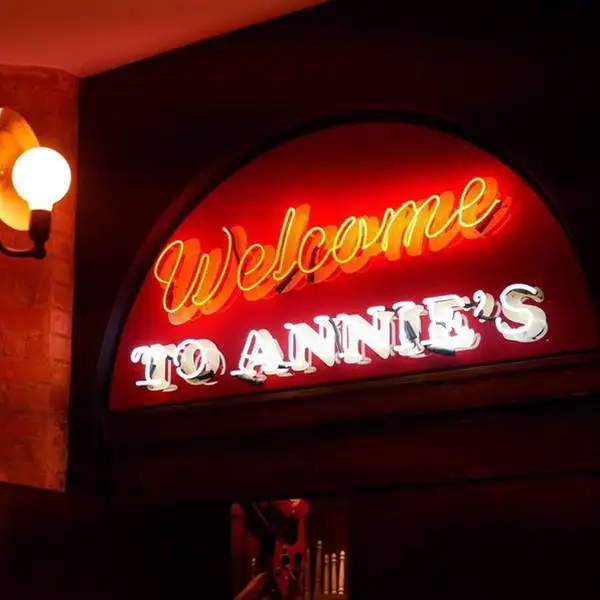
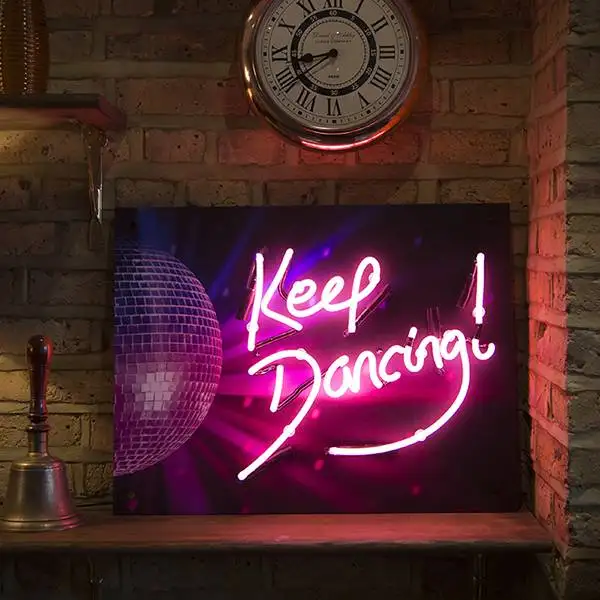
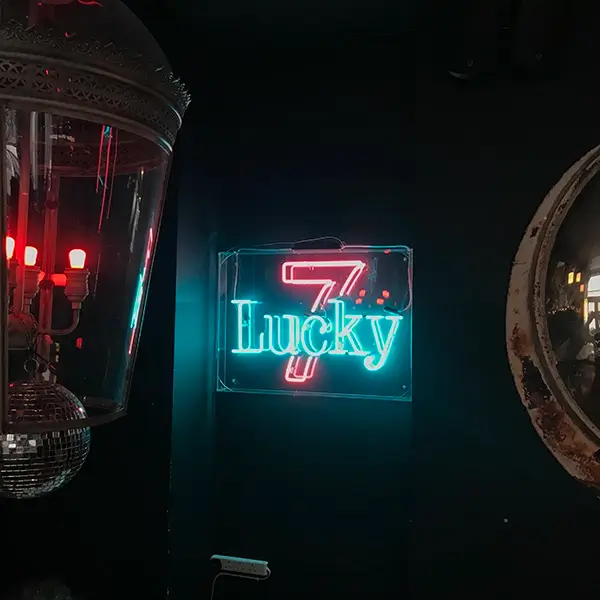
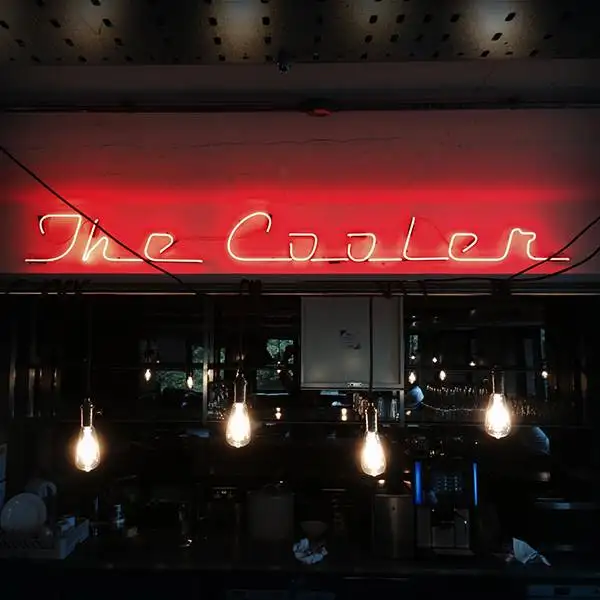
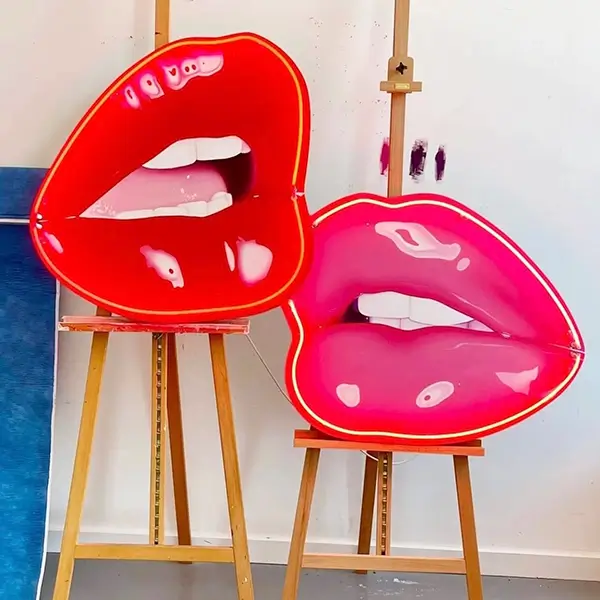
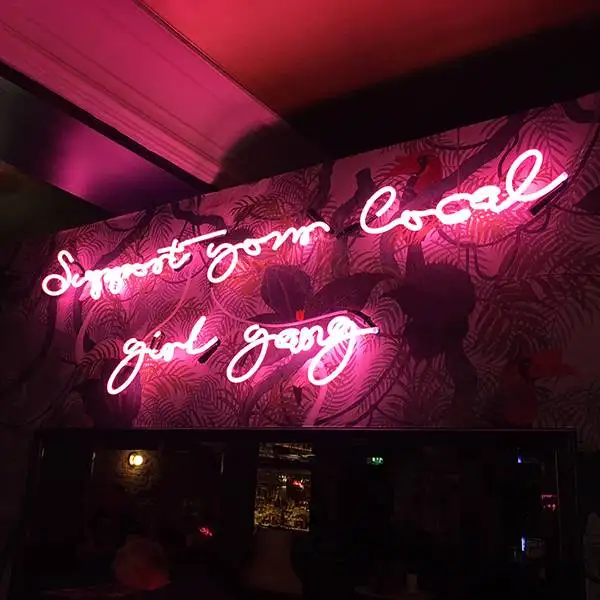
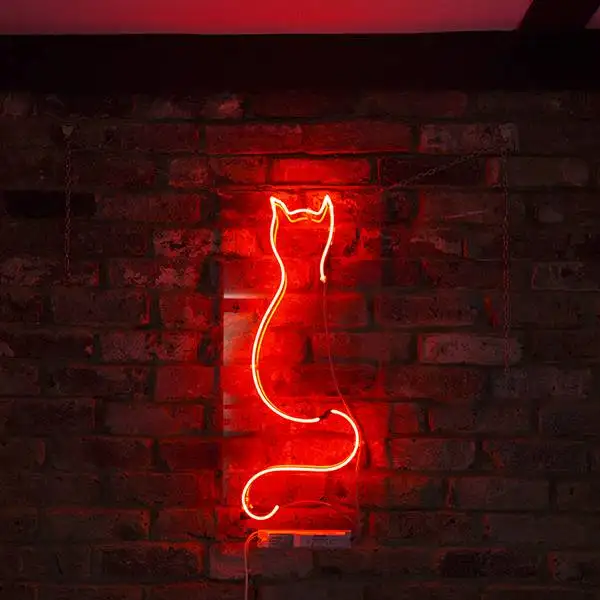
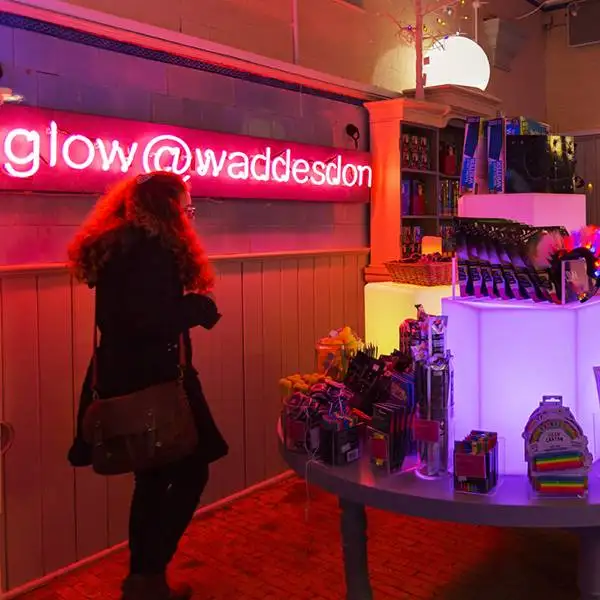
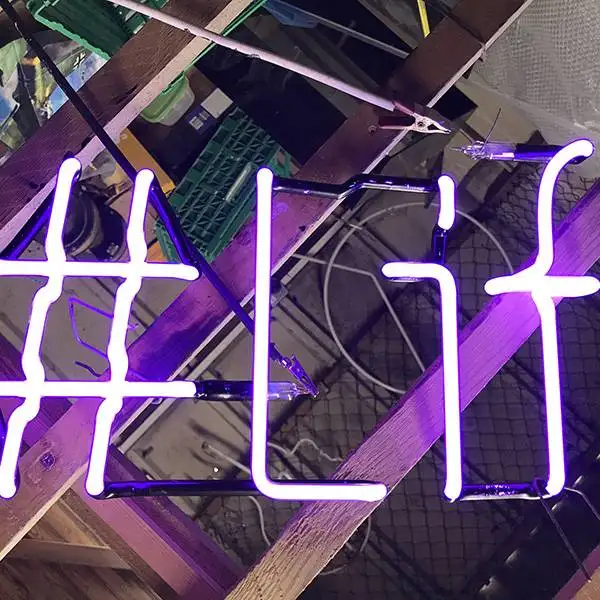
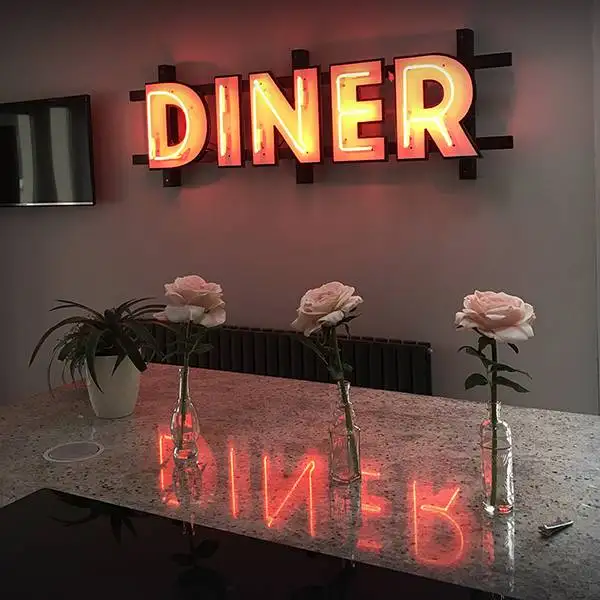
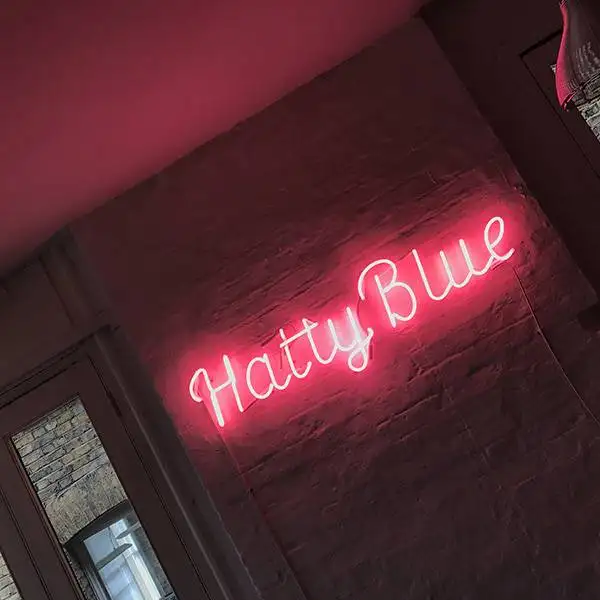
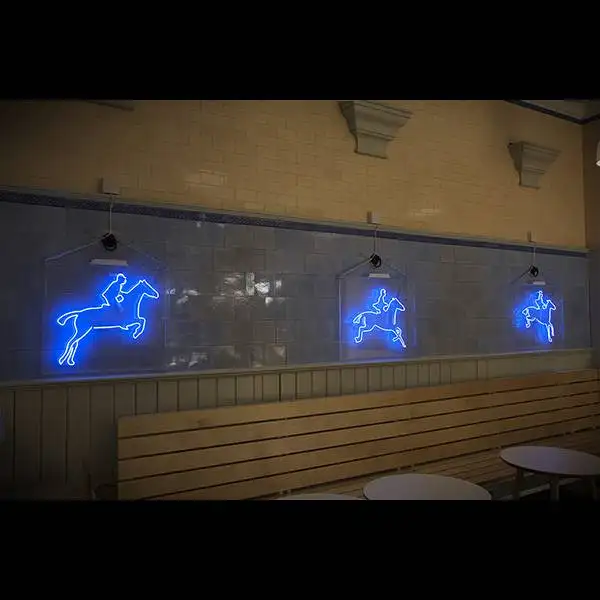
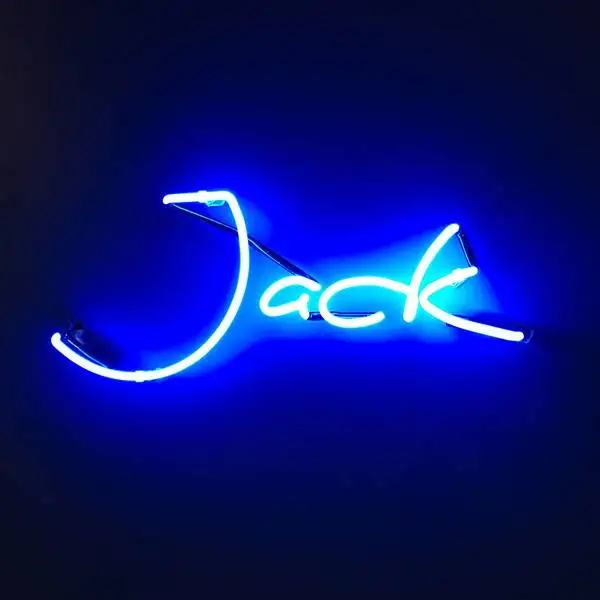
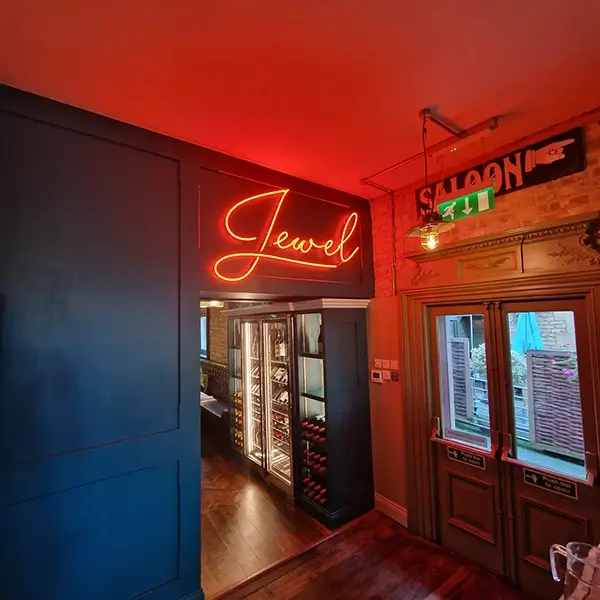
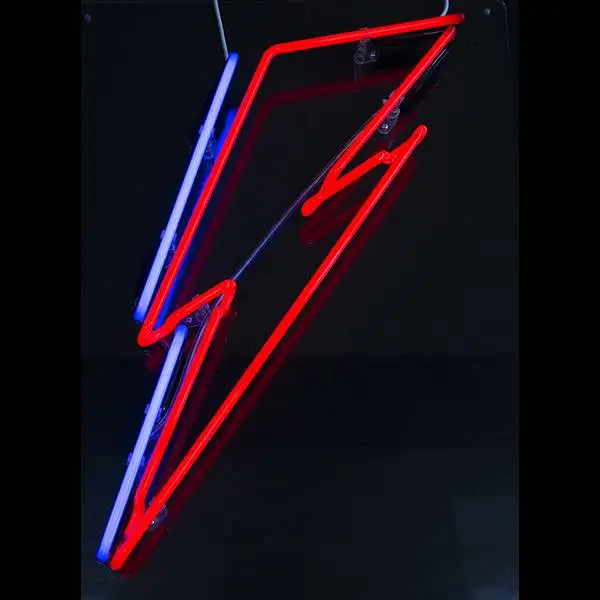
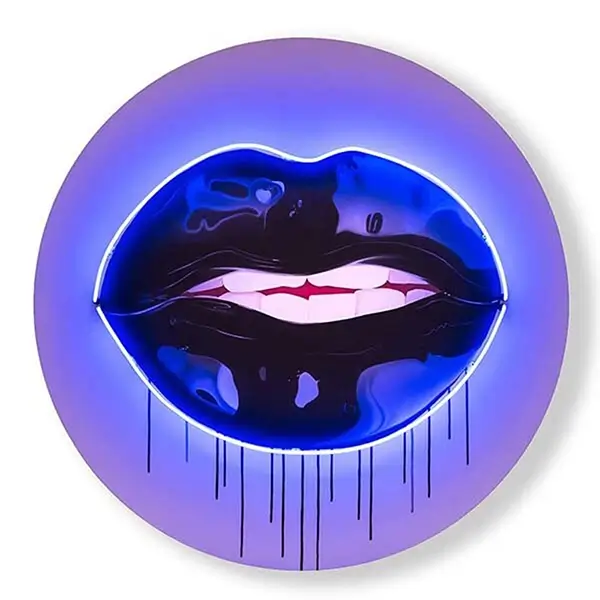
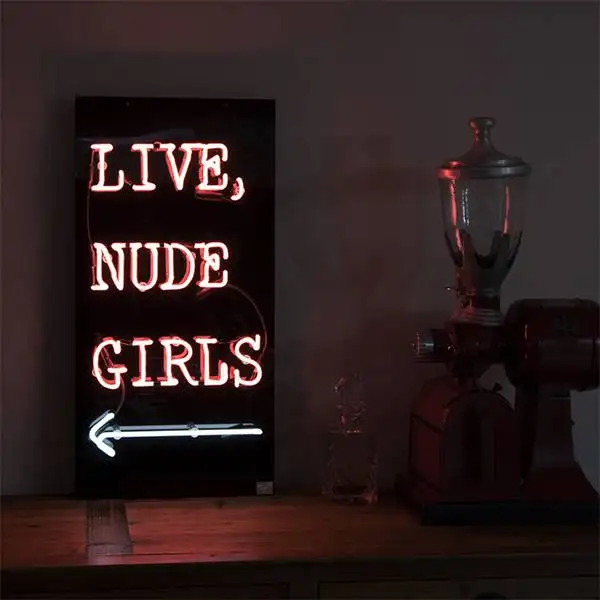
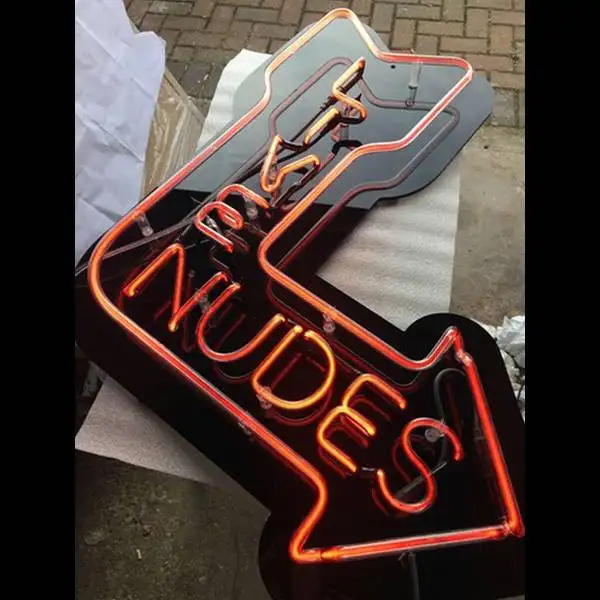
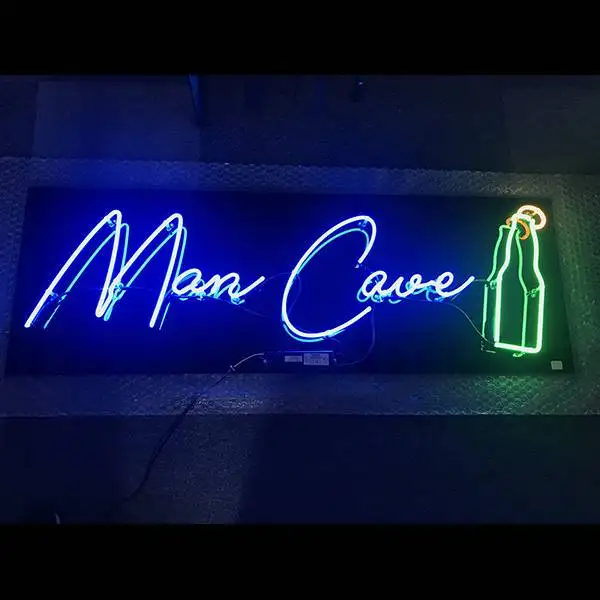

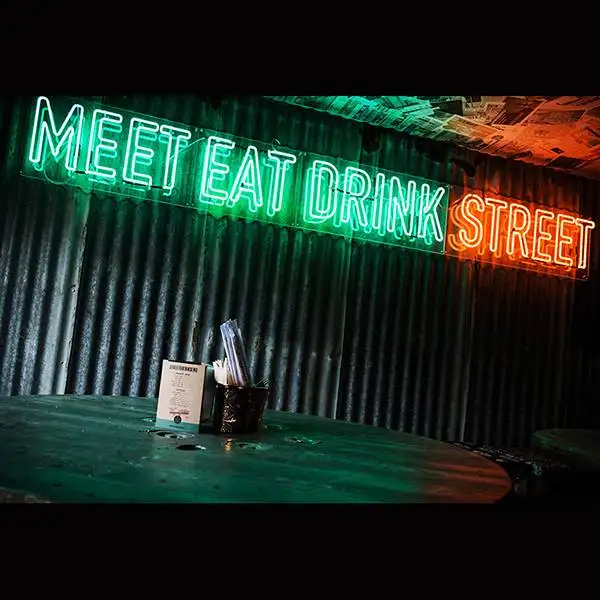
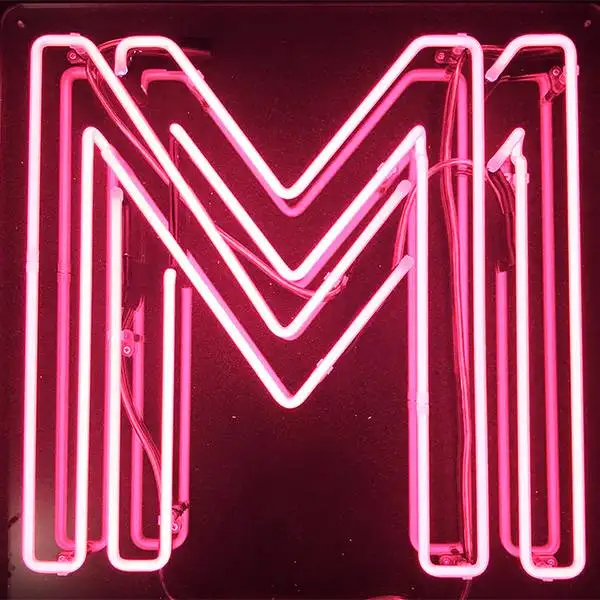
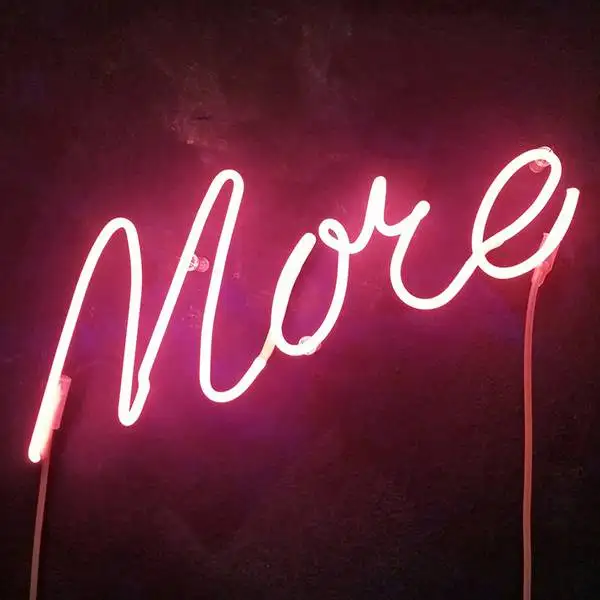
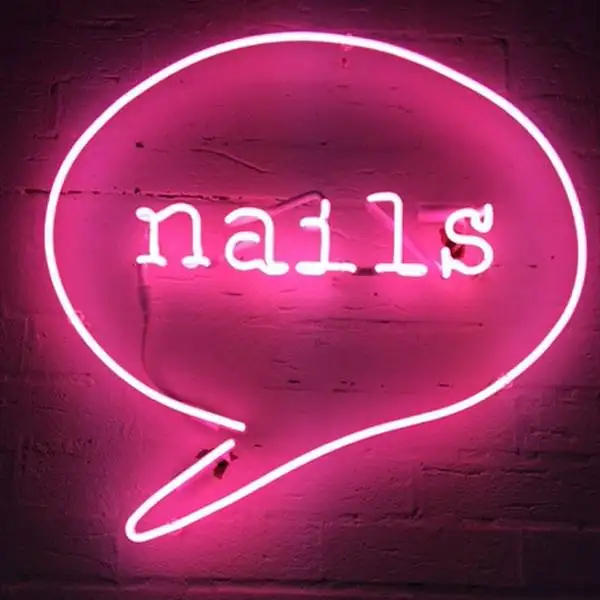
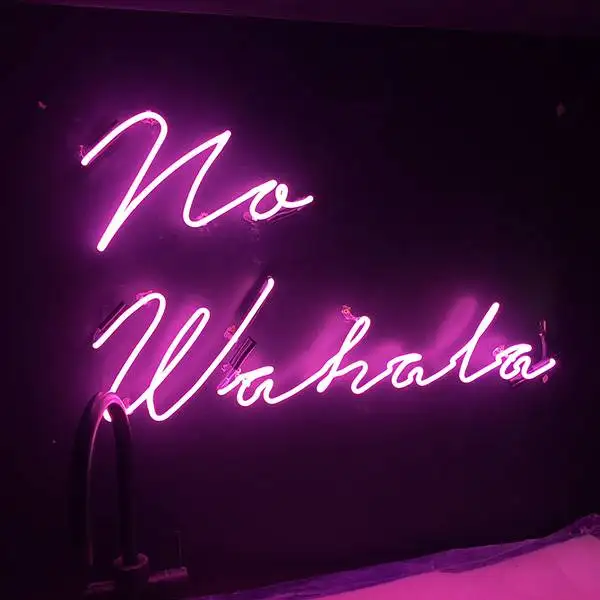
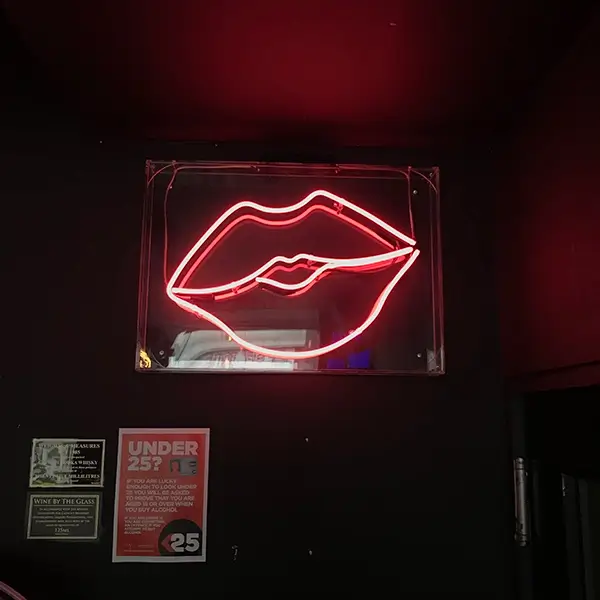
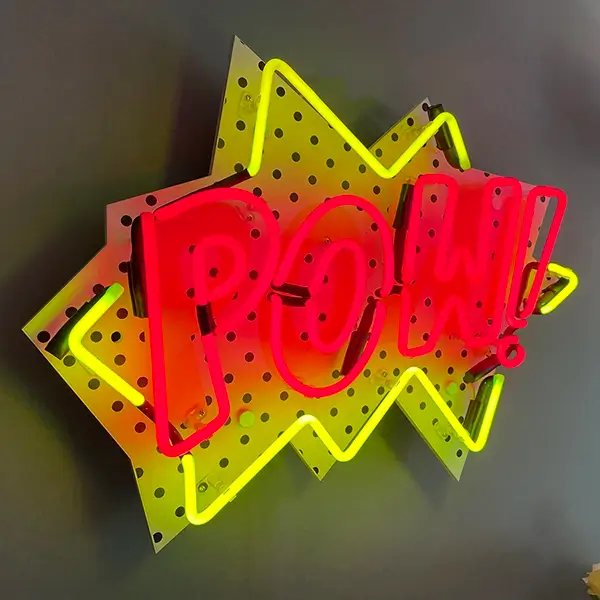
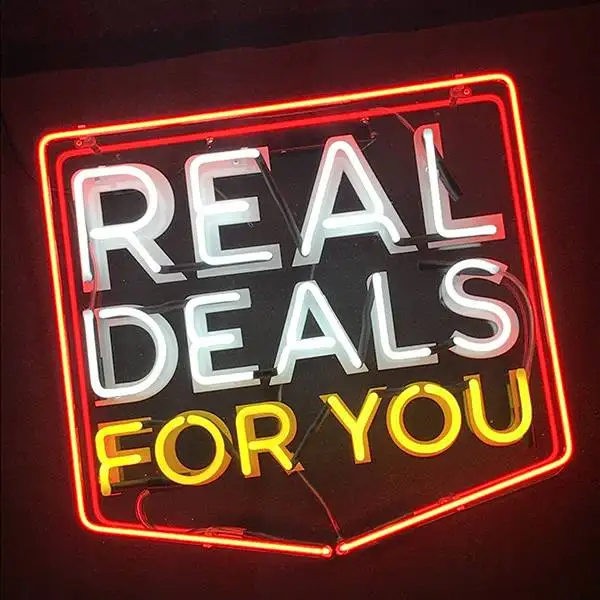
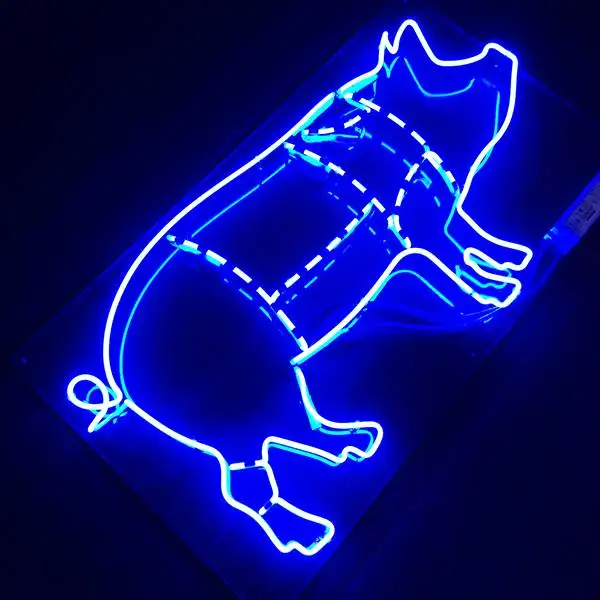
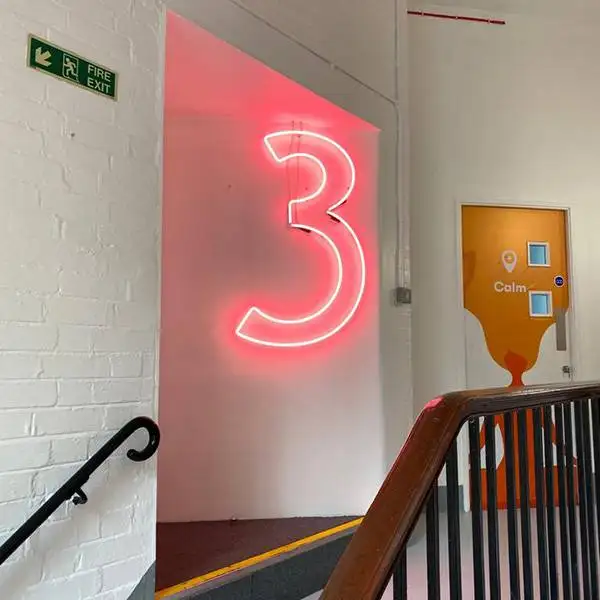
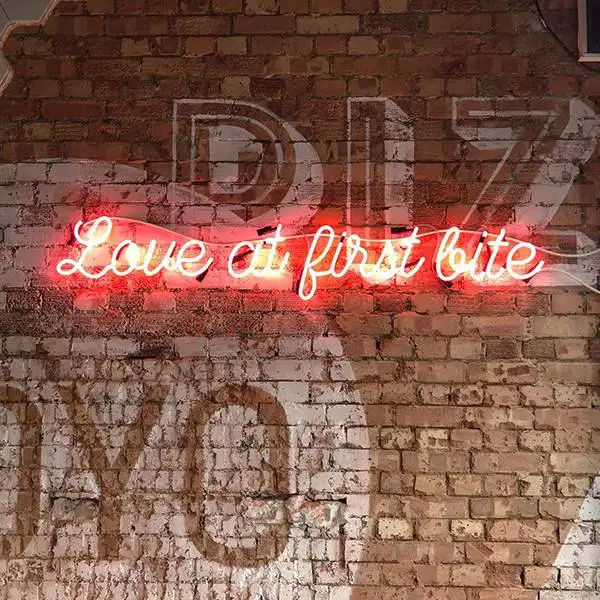
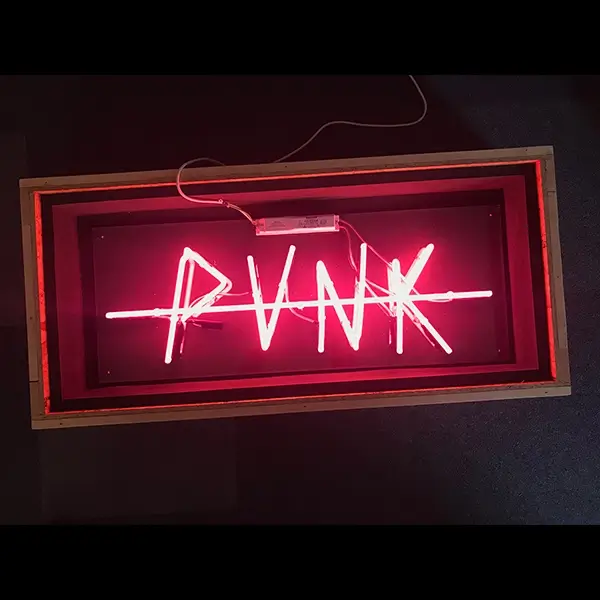
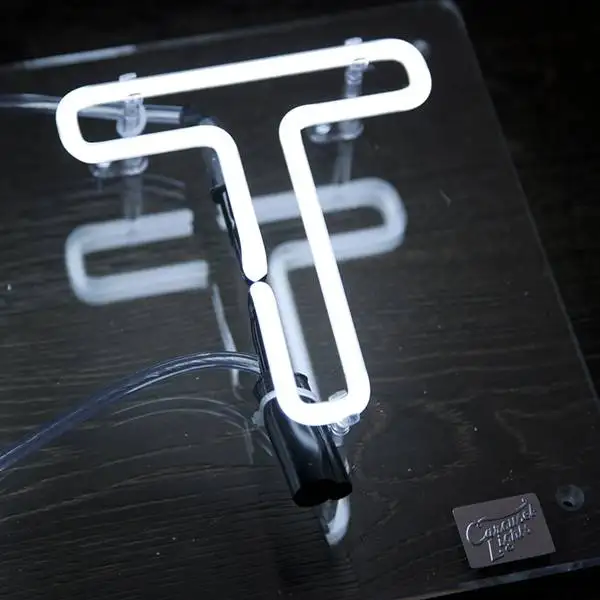
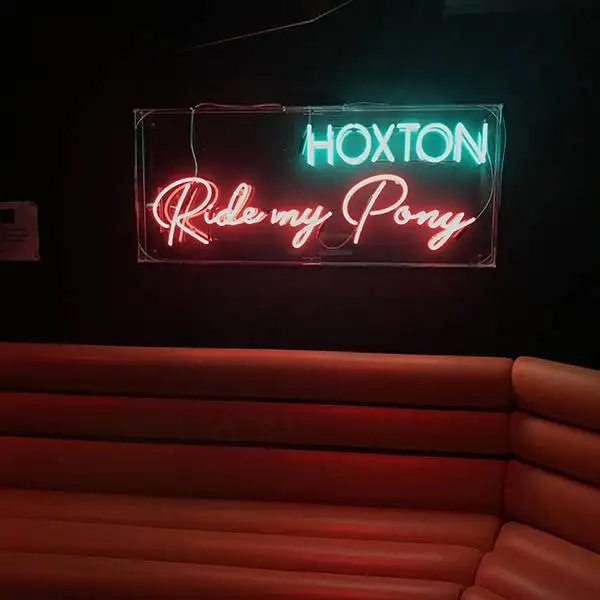
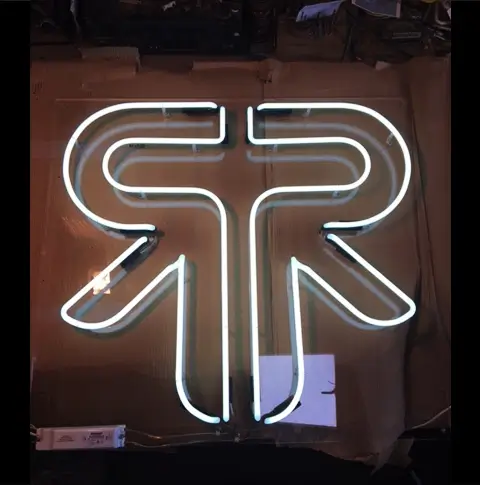
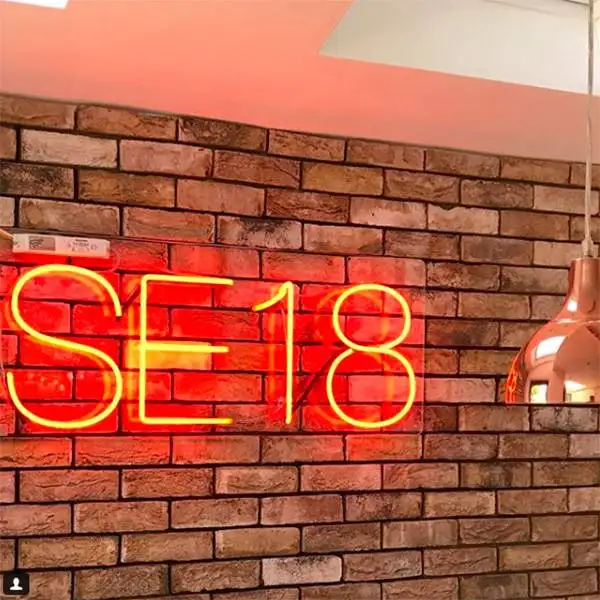
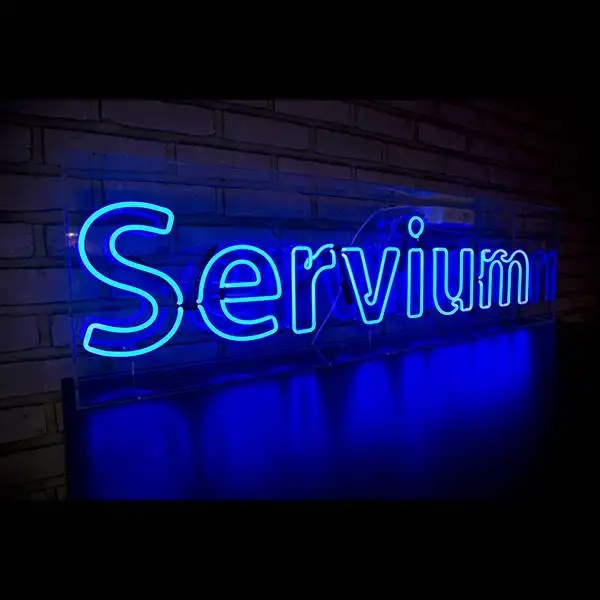
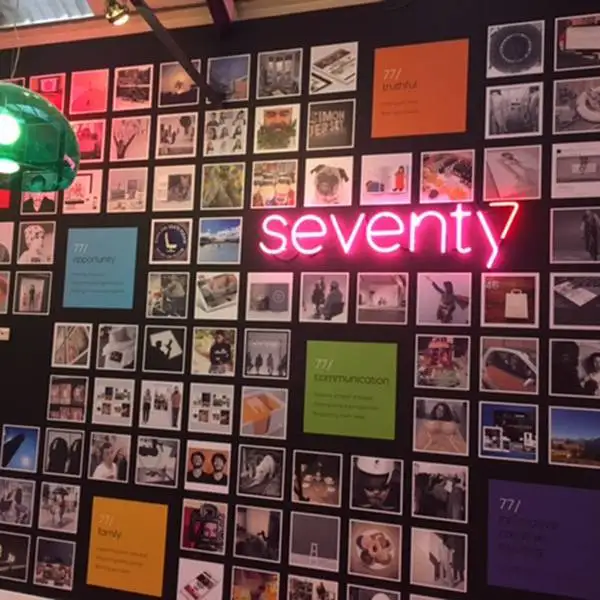
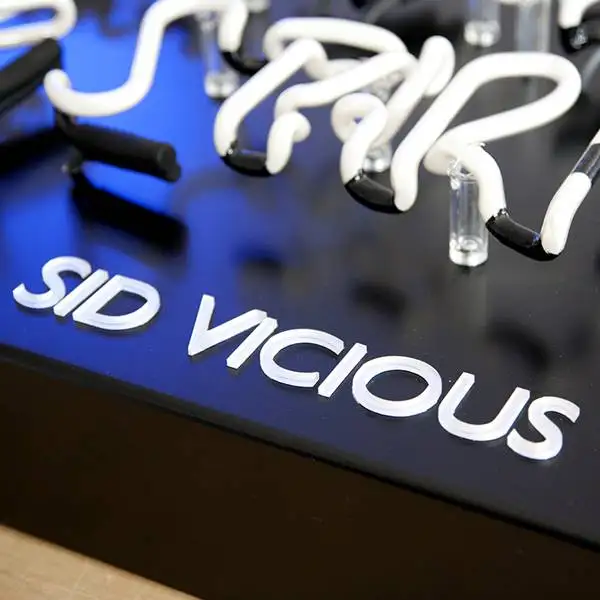
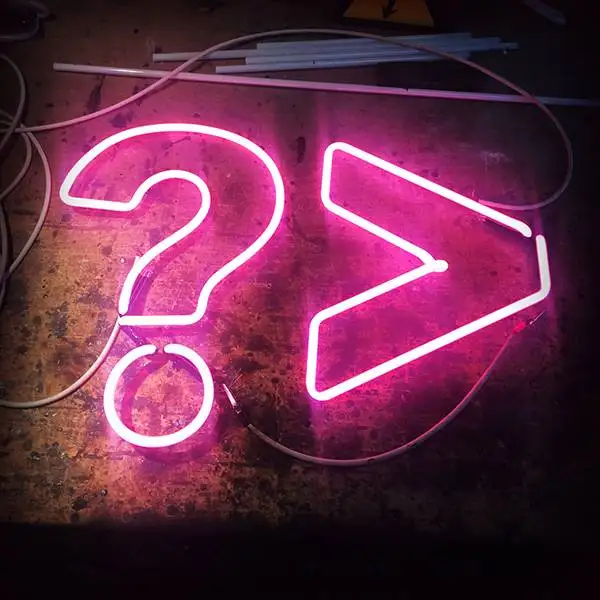
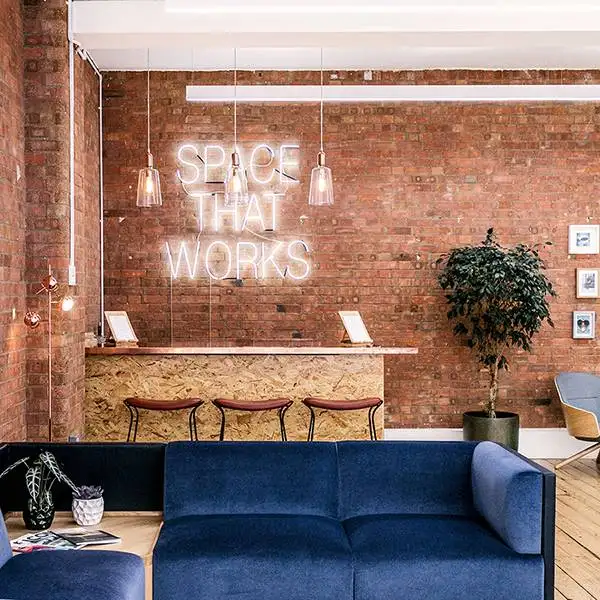
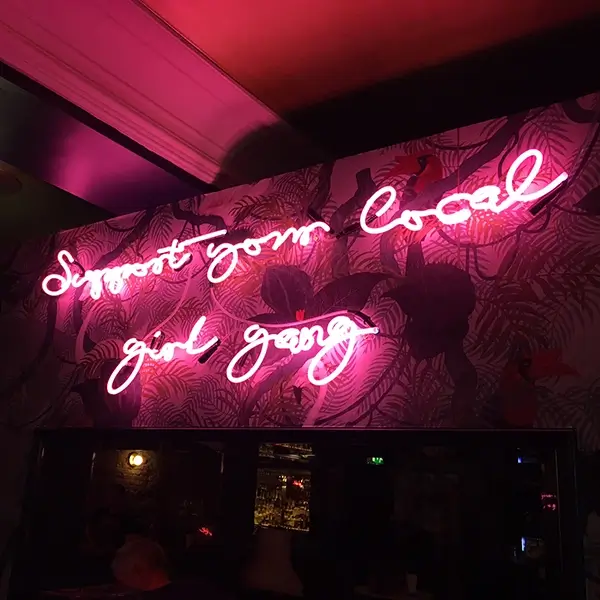
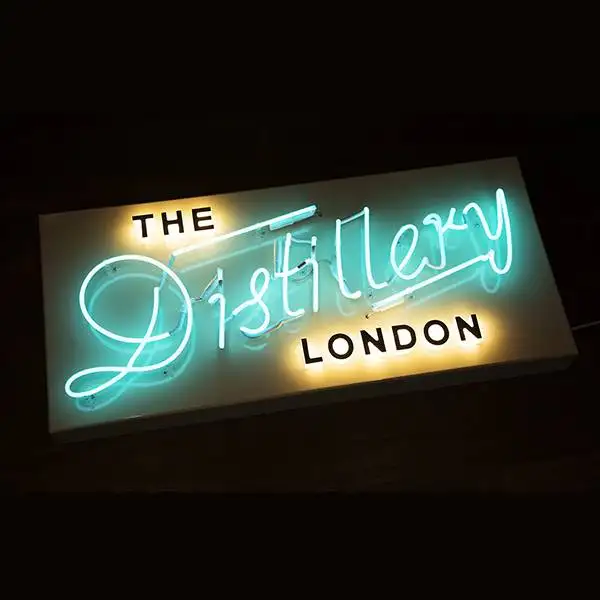
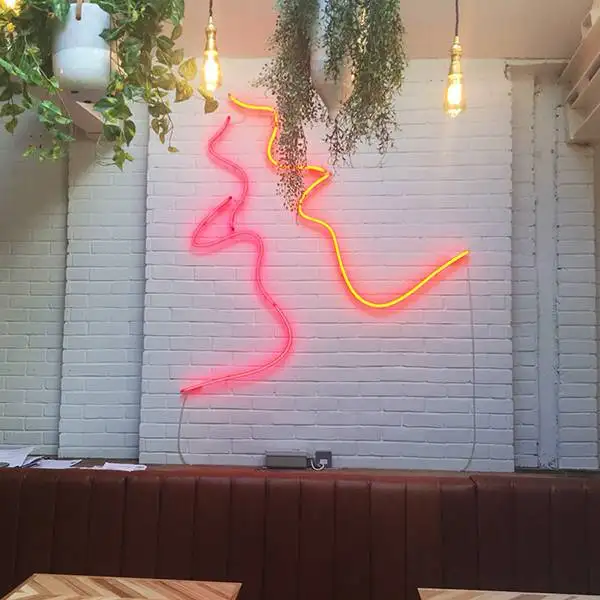
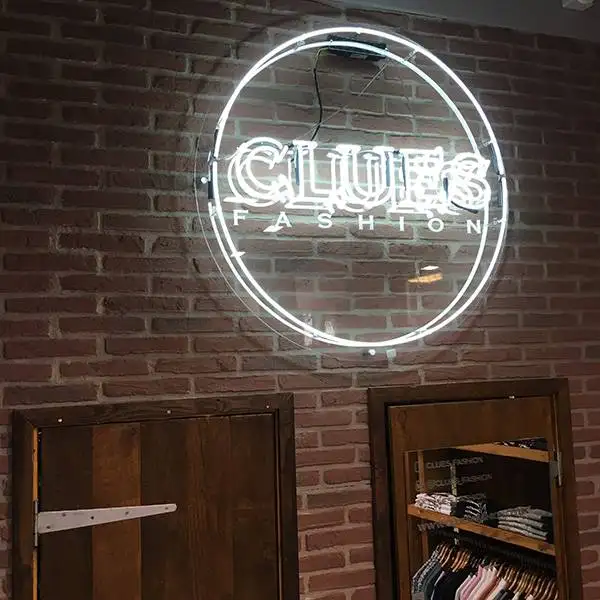

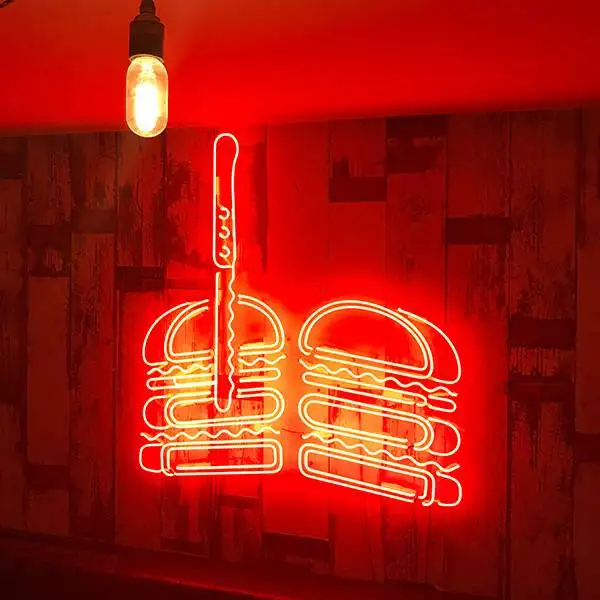
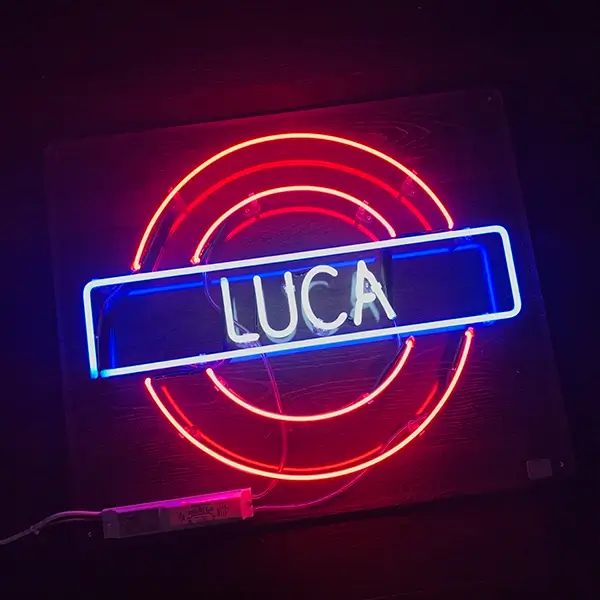
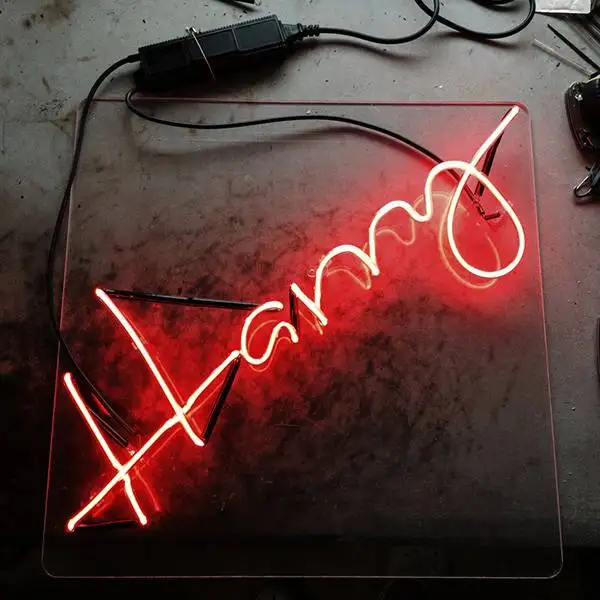
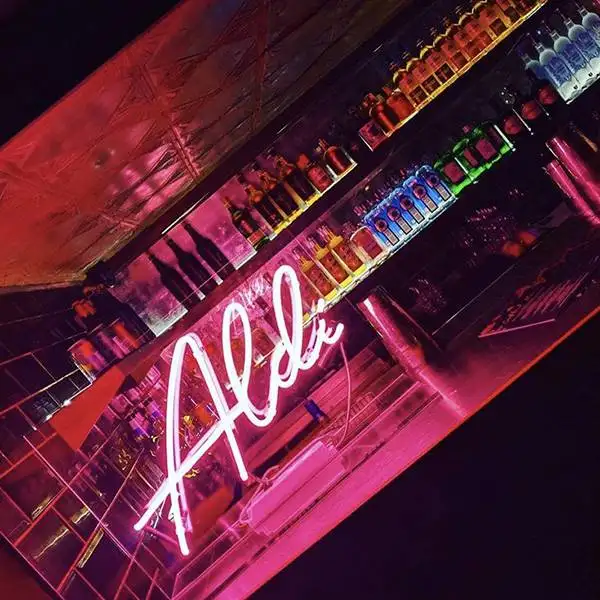
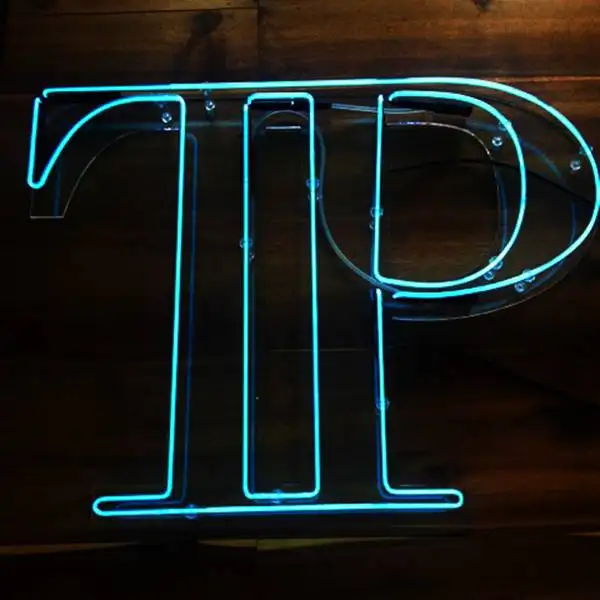
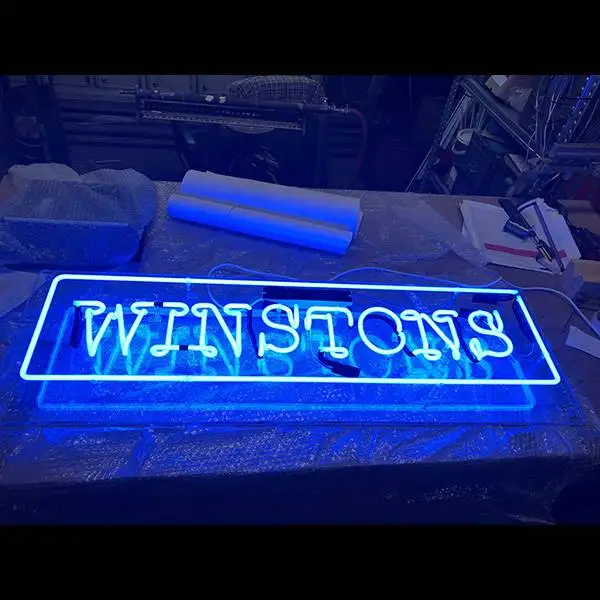
The simple 6 step process
It’s easier than you think

1. Your bright idea
Let us know your initial thoughts
2. A few questions
We’ll need some more details before we begin
3. The proposal
We’ll share our initial designs with you
4. Give it the thumbs up
Delighted with our design? Great – it’s time to pay
5. Let’s get to work!
We’ll start producing your design
6. Delivering the goods
Your design delivered to your door
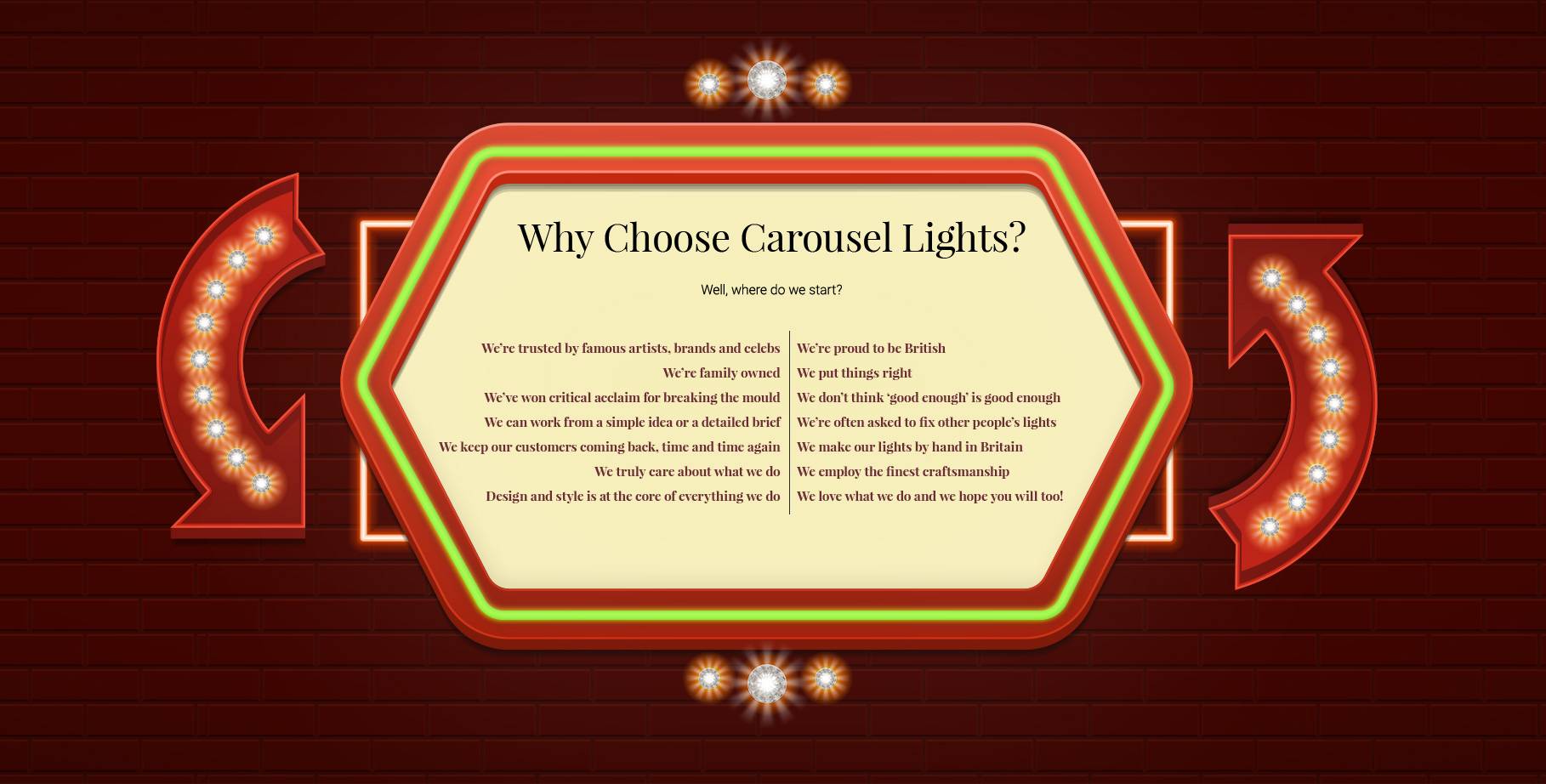

"A HUGE thank-you! You'ce created such a 'wow-factor' light installation that's far better than we could ever have imagined. Everyone has been so professional and helpful every step of the way!"

Thank you so much for the light - it looked AMAZING! We've decided to keep it up and it'll no doubt stay there!
